 Abraham Lincoln
If given the truth, the people can be depended upon to meet any national crisis...
Abraham Lincoln
If given the truth, the people can be depended upon to meet any national crisis...
 Guildford news...
for Guildford people, brought to you by Guildford reporters - Guildford's own news service
Guildford news...
for Guildford people, brought to you by Guildford reporters - Guildford's own news service
Birdwatcher’s Diary No.297
Published on: 3 Feb, 2024
Updated on: 3 Feb, 2024
By Malcolm Fincham
Weather conditions remained rather chilly in and about the Surrey countryside as we moved into the third week of January with daytime temperatures barely rising above freezing.
On a visit to the Riverside Nature Reserve, near Burpham, on January 16, ice had begun to form on the surface of the still water of the navigation leading up to Stoke Lock, while the flooded scrape viewed from the lock was totally frozen.
A surprise sighting, for me, was a bird perched on the metal railings of the footbridge that crosses the river near the lock. At first I thought it maybe a robin, but I hastened to focus the lens on my camera when I realised it was, in fact, a kingfisher.
Along the boardwalk leading to Stoke Lake a kestrel could be viewed as it perched in one of the nearby trees.
While several wrens flitted within the decaying foliage about me.
And a cormorant perched high up on one of the utility pylons that carry electrical cables over the reserve.
Arriving at Stoke Lake its waters were almost completely frozen over and a variety of gulls were lined up on the ice.
On a small section of water by the island, still free of ice, a small group of tufted ducks could still be viewed.
And a few little grebes (dabchicks) continued to fish the waters, but most by now had taken to the river, counting at least five on the far bank of the still free-flowing section of the River Wey Navigation between Stoke Lock and Bower’s Lock.
While a few teal could also be seen on river, frozen out of their usual winter residences about the marshy areas near the boardwalk.
Several cormorants could be viewed fishing the river, while one could be seen perched up on the far bank fanning its wings to dry them out.
A heron also sat beside a reeded area across the water.
At least, before an opportunistic fox spooked it into flight.
The following day at Britten’s Pond the water there continued to remain frozen also, apart from a small section on the far side that had been thawed slightly by the weak sunlight.
The lesser black-backed gull remained steadfast on the ice, though most of the black headed gulls usually present had vacated the pond.
One of several moorhens walked gingerly across the ice.
A blackbird could be seen by the car park, picking off the last few hawthorn berries from the tree by the entrance.
While at the base of the tree a nuthatch scurried about looking for seed that had been laid there earlier in the day for the wildfowl.
Several dunnocks also joined in the hunt for sustenance.
While a walk around the pond added a treecreeper.
As well as a few goldcrests to my day’s photos.
Elsewhere on my travels, in the company of Bob and Dougal at Papercourt Water meadows, as air temperatures began to rise with the some milder weather on the way, the marshes remained partially frozen below our feet.
A few common snipe could be counted attempting to probe areas where softer soil could still be found, occasionally taking flight across the meadow.
As we approached Papercourt Lock a kingfisher made an appearance just across the water. Thus making it the fifth location so far this year I had seen one.
Along the river that meanders around the water meadows several chiffchaffs could be viewed about the margins and patches of penny-wort on the surface water.
The cold spell also encouraged a visit to Unstead Sewage Farm, a prime time during icy conditions for an opportunity to see a water rail.
Mild weather made its return during the last week of the month. And at the Riverside Nature Reserve shoveler ducks had returned to the now ice-free flooded scrape, viewed from Stoke Lock.
Four gadwall ducks could also be picked out on the scrape.
A kingfisher continued to patrol the river, allowing me a photo as I walked along the towpath.
And a pair of Egyptian geese flew over the lock as I opportunistically took a few hopeful photos as they passed through.
Close to the sewage works, by the lock keeper’s cottage, for the first time this year I could hear a song thrush singing it melodious, but repetitive song.
Also for the first time this year, as I walked the lane by the sewage works, one of several chiffchaffs was briefly attempting to break into its renown song.
And while viewing the accumulation of gulls about the recycling centre further down the lane, I mused as I watched one of the two resident red kites in the area as it chased and stole the ‘spoils’ that one of the gulls had retrieved.
On my return to the boardwalk a Cetti’s warbler could be heard calling its harsh song briefly, but was not heard again during my visit.
Along the boardwalk, a kingfisher could be viewed once again. This time beside the small pond.
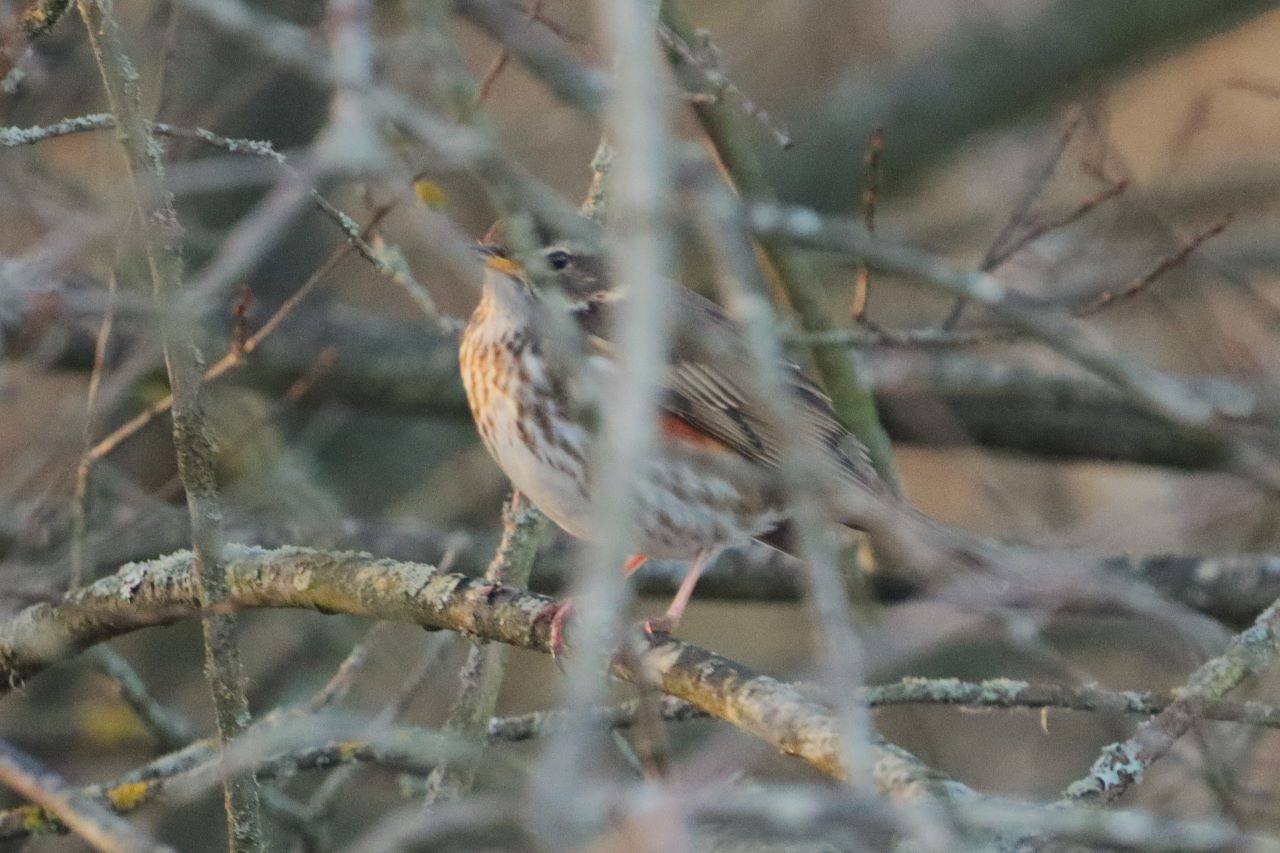 Also adding a redwing perched in the bush where the kingfisher had been seen.
Also adding a redwing perched in the bush where the kingfisher had been seen.
As the sun warmed the air, common buzzards took advantage to circle in the thermals.
While a sparrowhawk also passed through.
Having already heard and glimpsed several green woodpeckers already this year, I was at last able to add a photo.
One of a pair of stonechats that had recently been seen in the meadow at the southern side of the lake also made an appearance by the lakeside.
As well as a reed bunting in the south meadow.
A return to the now ice-free Britten’s Pond a little grebe could once again be viewed out on the water
Robins were grateful to see the return of some of the stalwart anglers that had come to fish there.
With the return of warmer weather, blue tits had begun prospecting for future nesting holes.
Nuthatches could be heard calling.
While long-tailed tits, in groups, continued to traverse the leafless trees around the pond.
Sightings elsewhere in Surrey included fieldfares at Lydling Farm, Shackleford.
As well as a photo of one of two ravens overhead.
On Cutt Mill Ponds, Puttenham, wintering goosanders of a dozen or more continued to be viewed most days.
While just up the road from there at Crooksbury Common I was able to photograph one of two crossbills seen that day.
The continued calm, dry weather conditions prompted me, in the company of Bob and Dougal, on January 27, to visit Farlington Marshes, near Portsmouth on what was to be a second time already this year.
On this occasion we were able to get a sighting of several cattle egrets in the nearby village of Warblington, along the way.
Although re-sighting most of the birds at Farlington seen and shown in my previous report, including the impressive numbers of brent geese in and around the reserve.
Always nice to see were plenty of those smart looking Northern pintail ducks.
A rock pipit flew up from the seawall and posed for a photo.
Even adding an ‘early in the year’ sighting of a sandwich tern.
The highlight of the visit for me had to be that of the bearded reedlings.
Previously officially referred to as bearded tits, it has since been discovered in recent years that they are not actually members of the tit family. And on hindsight not so sure they got the bearded bit right either?
At first they could be heard making their ‘pinging’ sound some distance away. Then picking them out, about a dozen or more, across the large expanse of phragmites reed beds as we watched from the viewing point.
To our fortune they made their way closer, eventually showing well below us as they busily fed on the seed heads of the reeds.
Finally, it was also a delight to see and hear a few skylarks now in song.
And with daylight hours slowly growing, perhaps giving me some optimism for the weeks to come?
Responses to Birdwatcher’s Diary No.297
Leave a Comment Cancel reply
Please see our comments policy. All comments are moderated and may take time to appear. Full names, or at least initial and surname, must be given.
Click on cartoon for Dragon story: Public Asked for Views on SCC’s Proposal for Reduced Speed Limits



Recent Articles
- Guildford Museum Works to Encourage Interest in Town’s History
- Missing 15-year-old girl located
- What Ash Wants – Village’s Neighbourhood Plan Goes out For Consultation
- St Nicolas’ Infant School Celebrates ‘Good’ Ofsted Rating
- Former Guildford Policeman Admits Misconduct In Public Office
- Letter: Nothing Prepared Me for the Scene of Destruction
- Have You Seen Missing Scarlet-Rose?
- Guildford’s MP Cuts the Ribbon at Merrow Post Office Opening
- Letter: Recreational Rowing Might Be the Answer
- A281 Closure – Additional Works To Take Advantage of Road Closure


Recent Comments
- Ian Mackrell on Stoke Park Was Bought 100 Years Ago with Plans for a Public Open Space and Houses!
- Caroline Freeman on Letter: Recreational Rowing Might Be the Answer
- Diane Harris on Letter: Recreational Rowing Might Be the Answer
- alexander Ford on Guildford’s Green Day Shows Commitment to Net Zero by 2030 Remains
- Adam Aaronson on Letter: How Surveys of Public Opinion Should Be Organised
- Ben Paton on Flashback: Council Report Accepts Juneja Case Has Caused ‘Reputational Damage’
Search in Site
Media Gallery
Dragon Interview: Local Artist Leaves Her Mark At One of England’s Most Historic Buildings
January 21, 2023 / No Comment / Read MoreDragon Interview: Lib Dem Planning Chair: ‘Current Policy Doesn’t Work for Local People’
January 19, 2023 / No Comment / Read MoreA3 Tunnel in Guildford ‘Necessary’ for New Homes, Says Guildford’s MP
January 10, 2023 / No Comment / Read More‘Madness’ for London Road Scheme to Go Ahead Against ‘Huge Opposition’, Says SCC Leader
January 6, 2023 / No Comment / Read MoreCouncillor’s Son Starts Campaign for More Consultation on North Street Plan
December 30, 2022 / No Comment / Read MoreCounty Council Climbs Down Over London Road Works – Further ‘Engagement’ Period Announced
December 14, 2022 / No Comment / Read MoreDragon Interview: GBC Reaction to the Government’s Expected Decision to Relax Housing Targets
December 7, 2022 / No Comment / Read MoreHow Can Our Town Centre Businesses Recover? Watch the Shop Front Debate
May 18, 2020 / No Comment / Read More



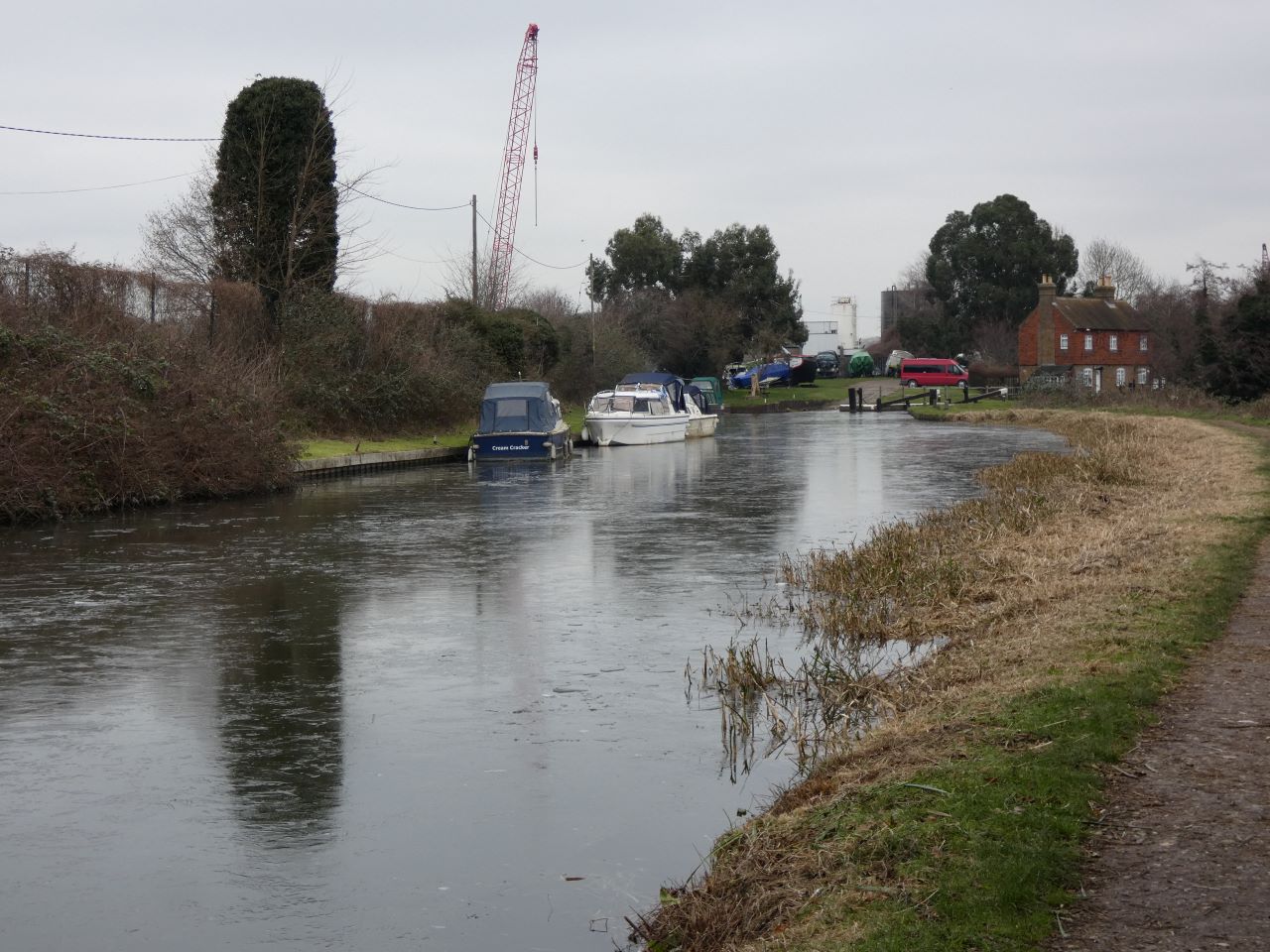
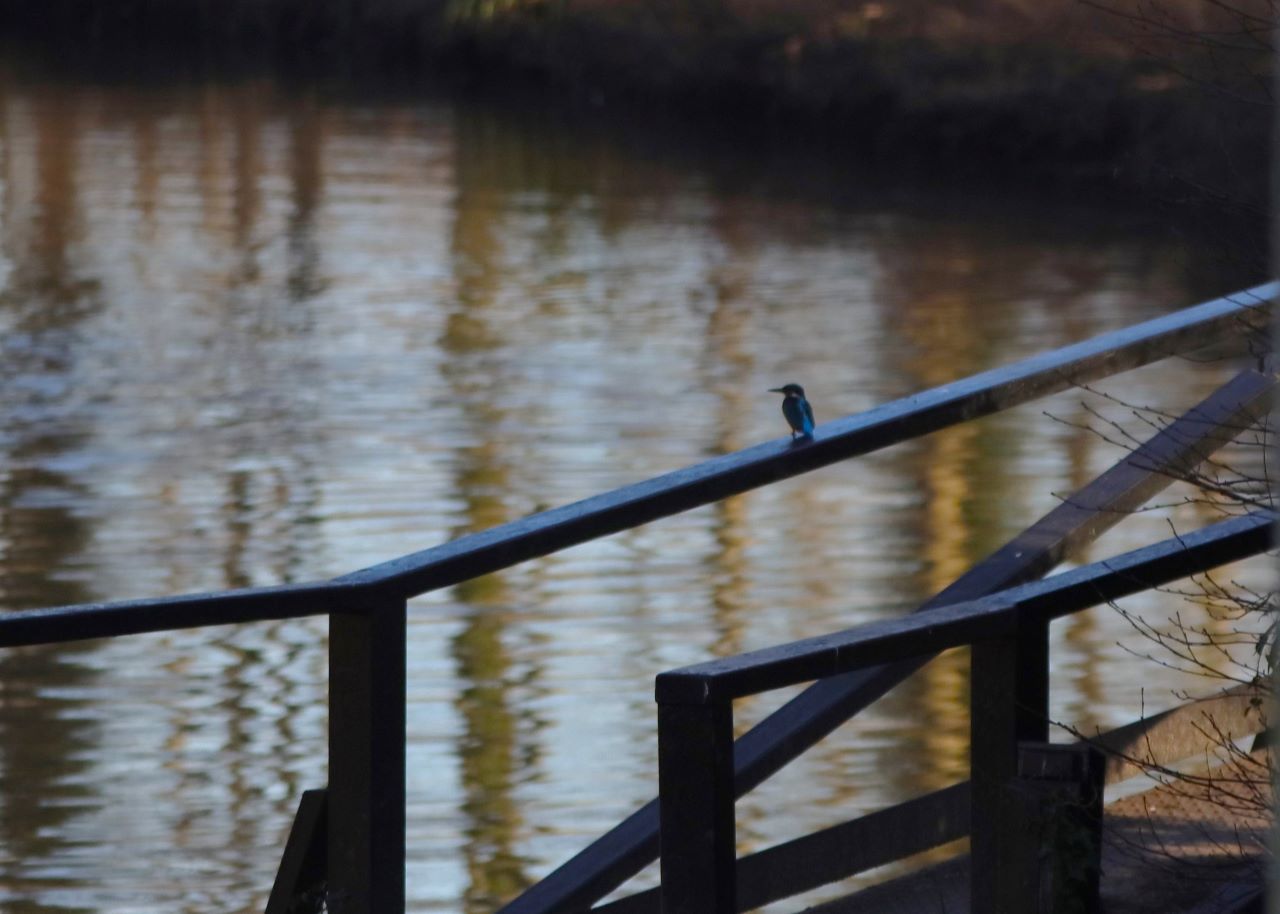
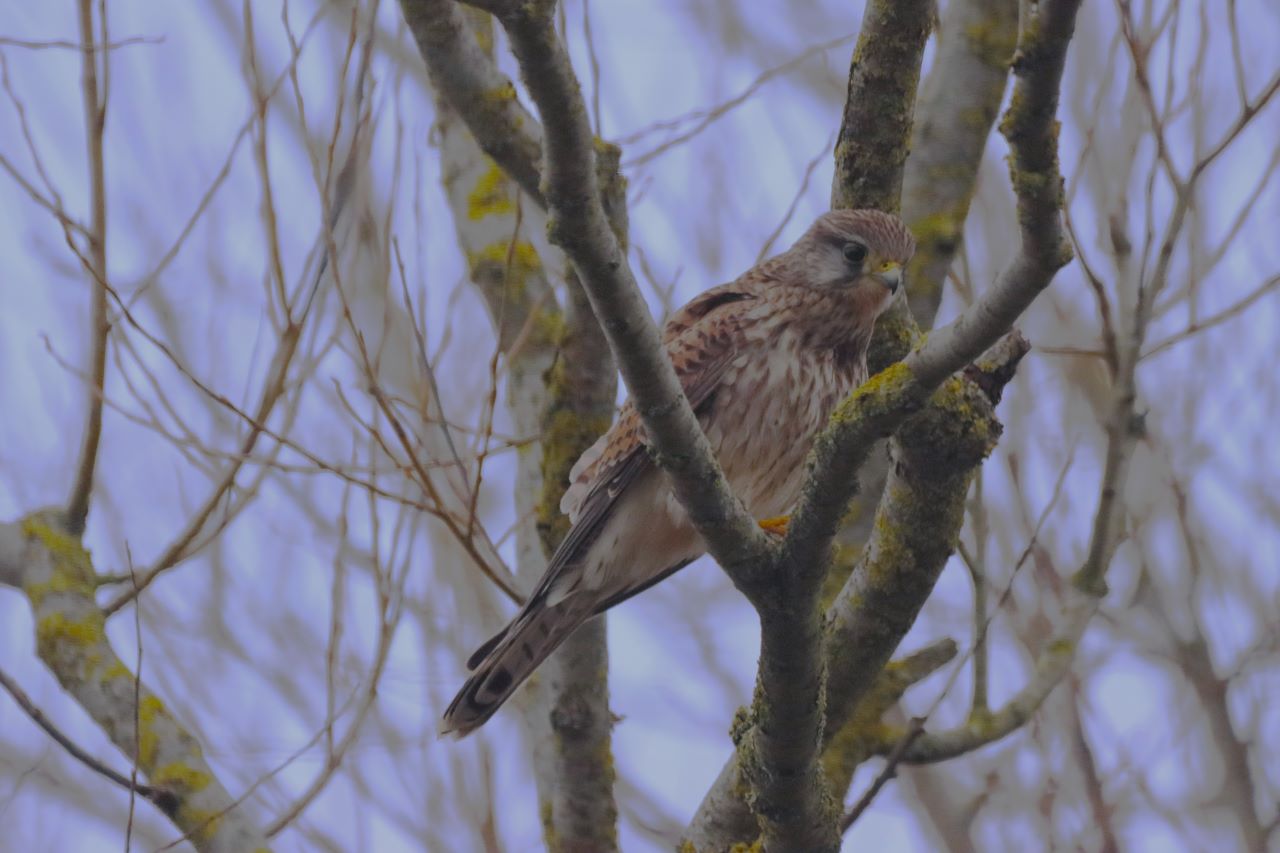
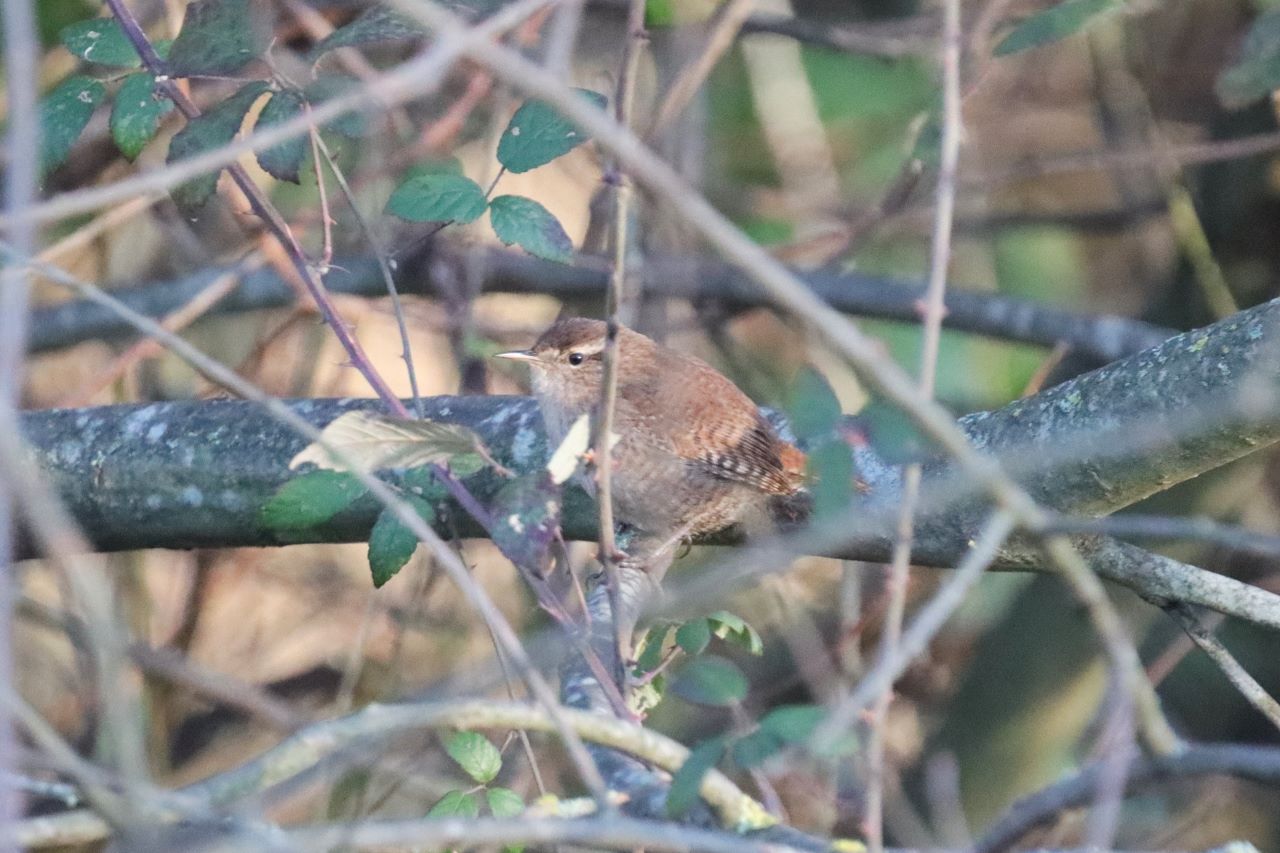
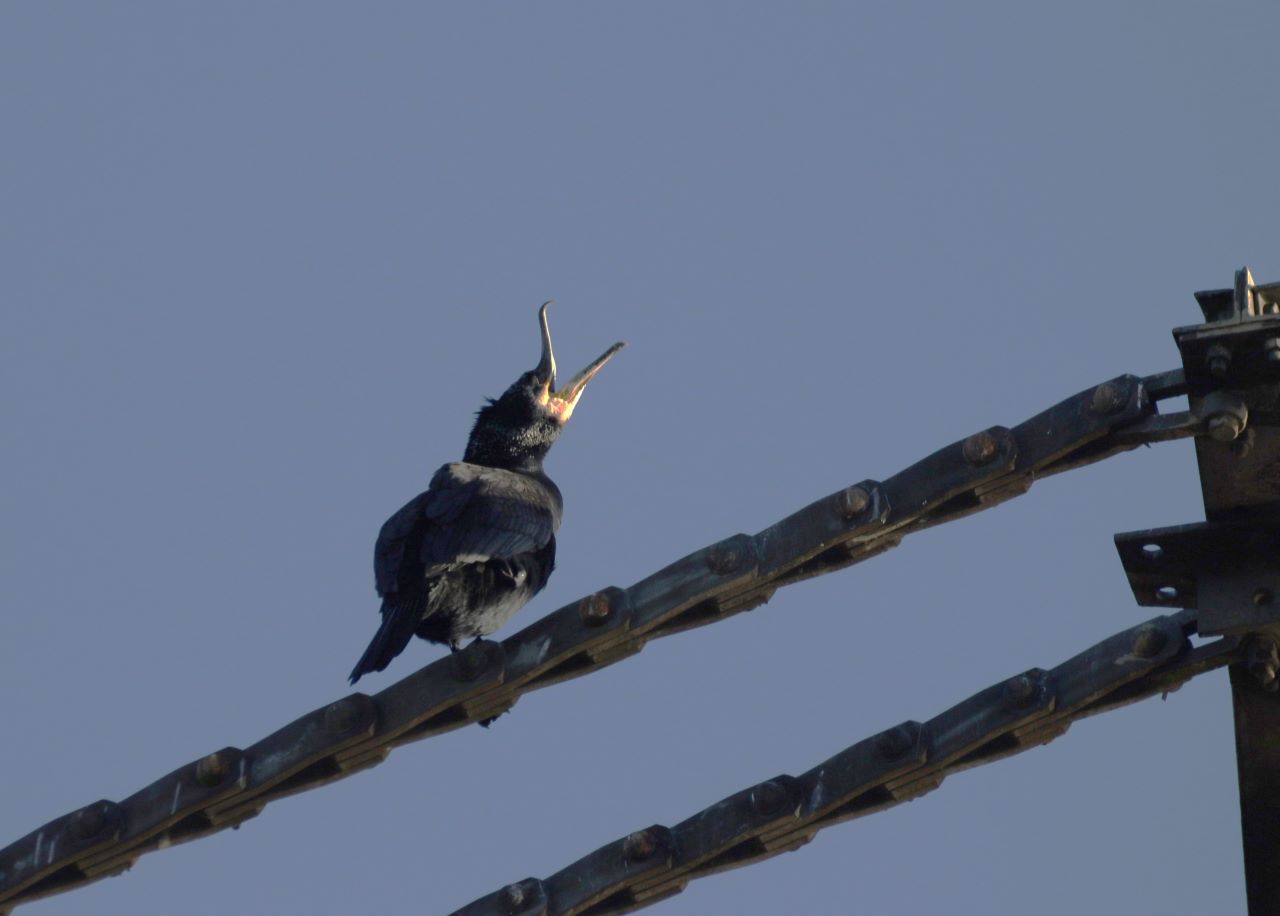
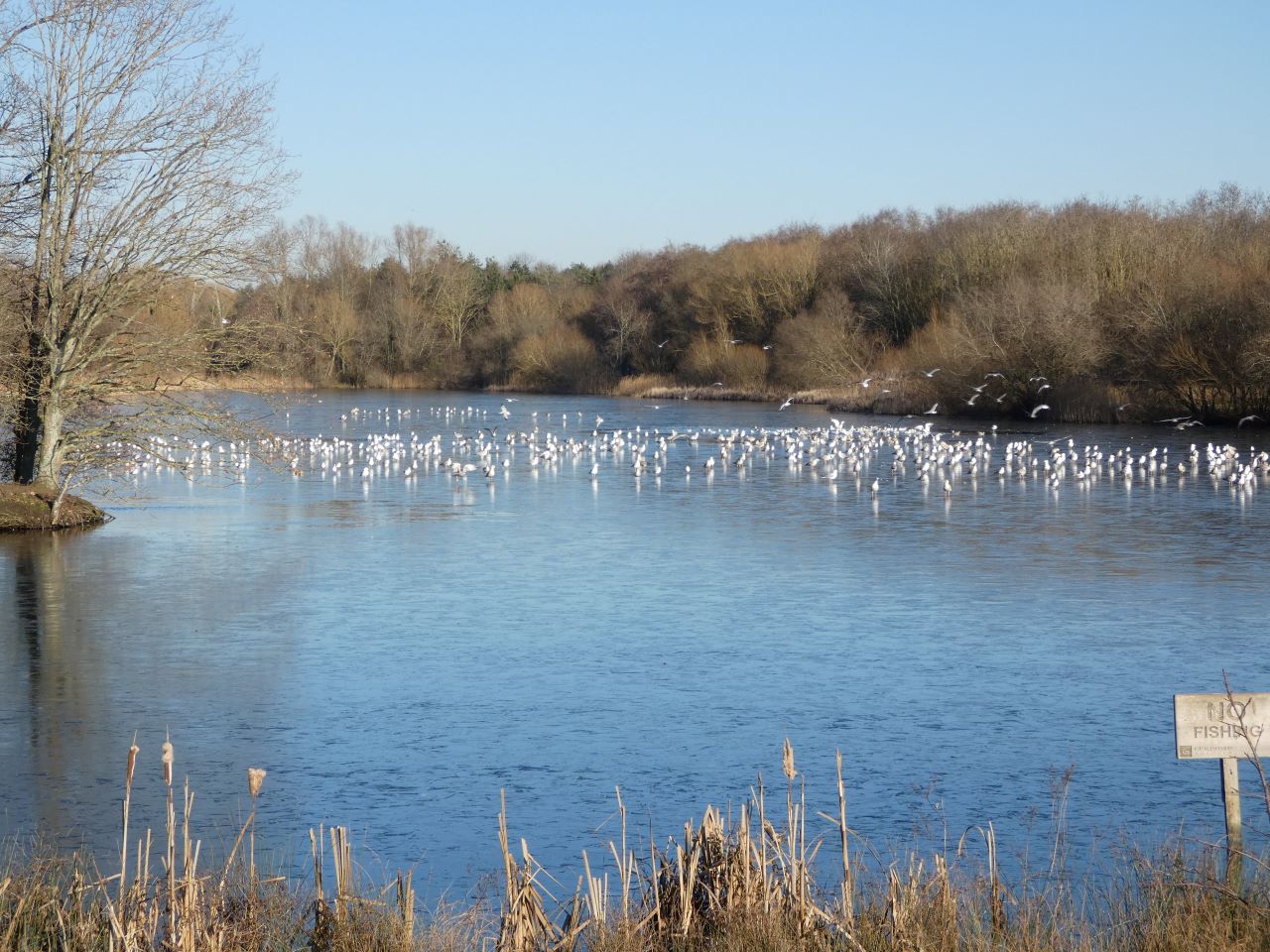
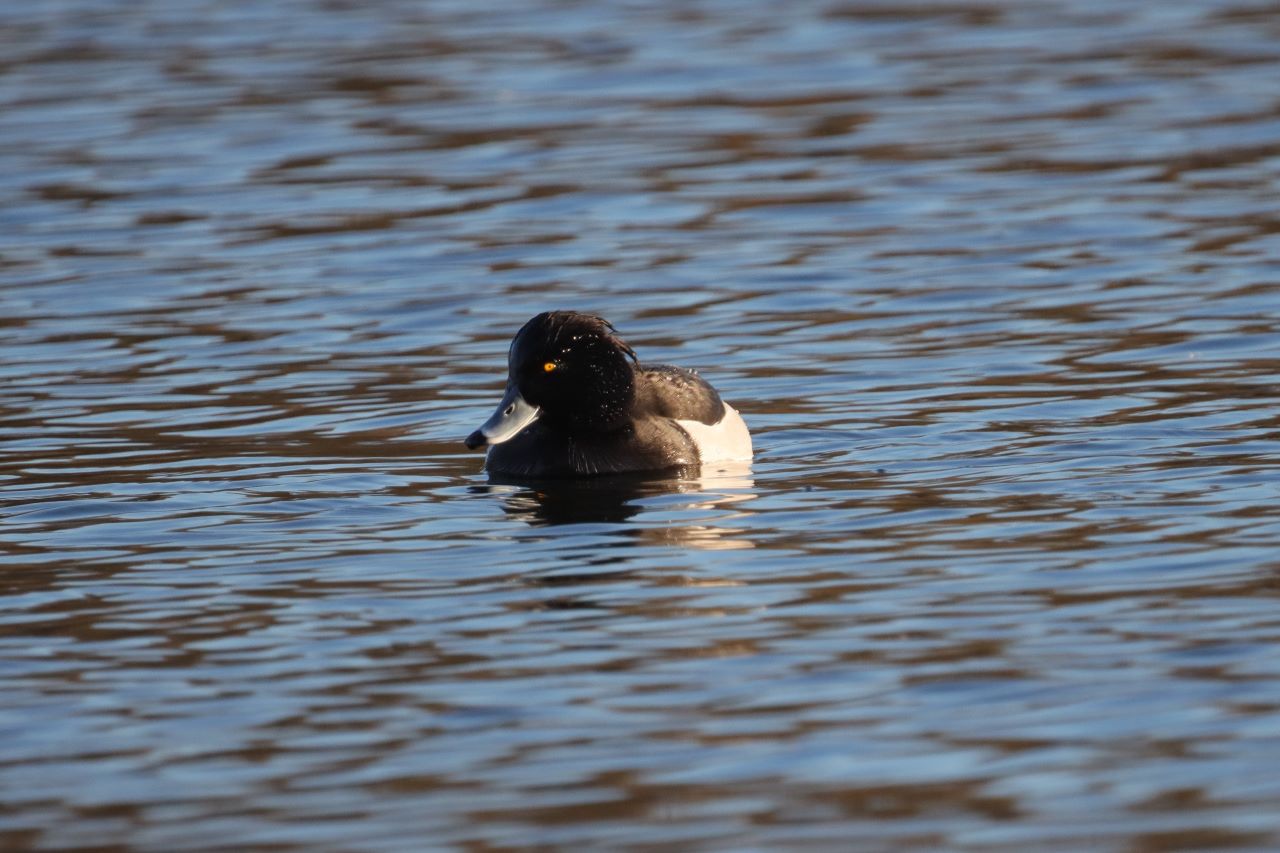
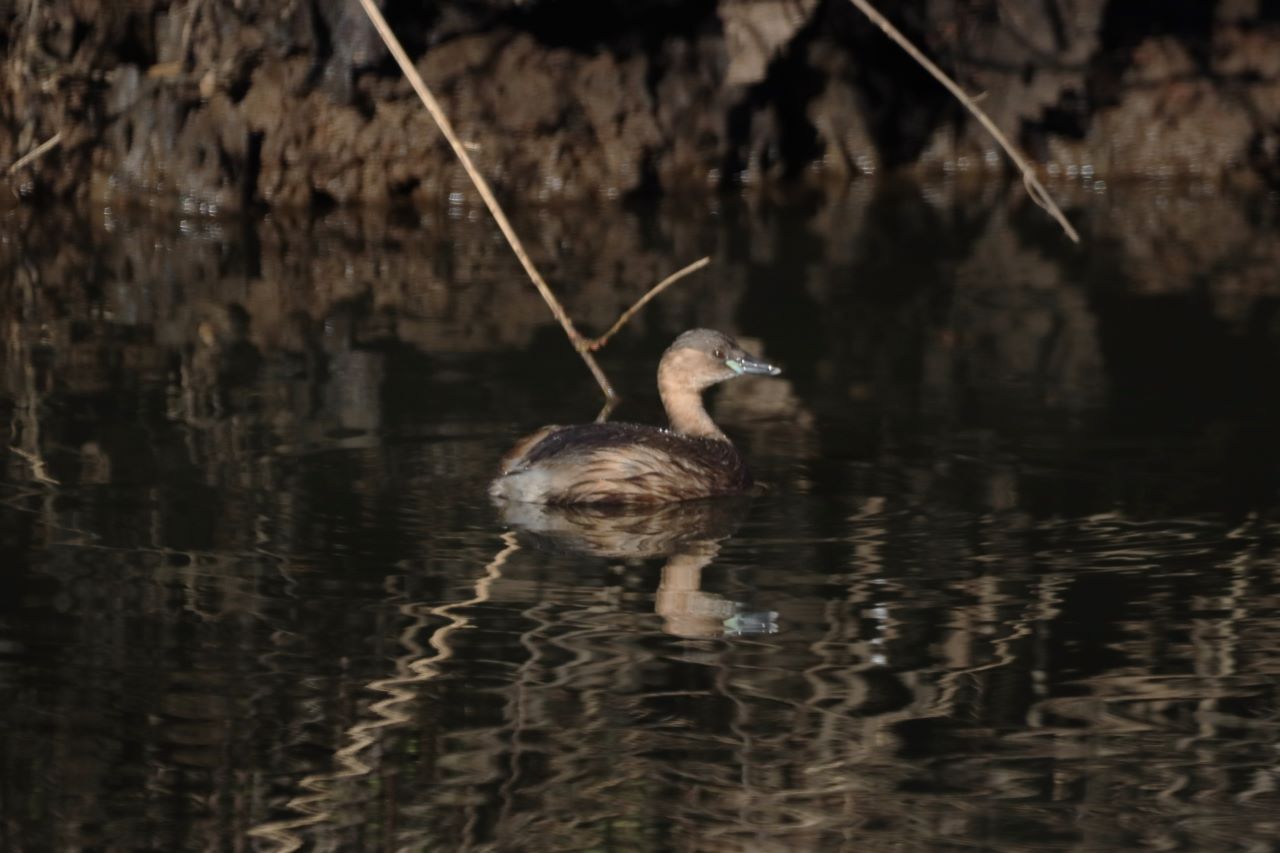
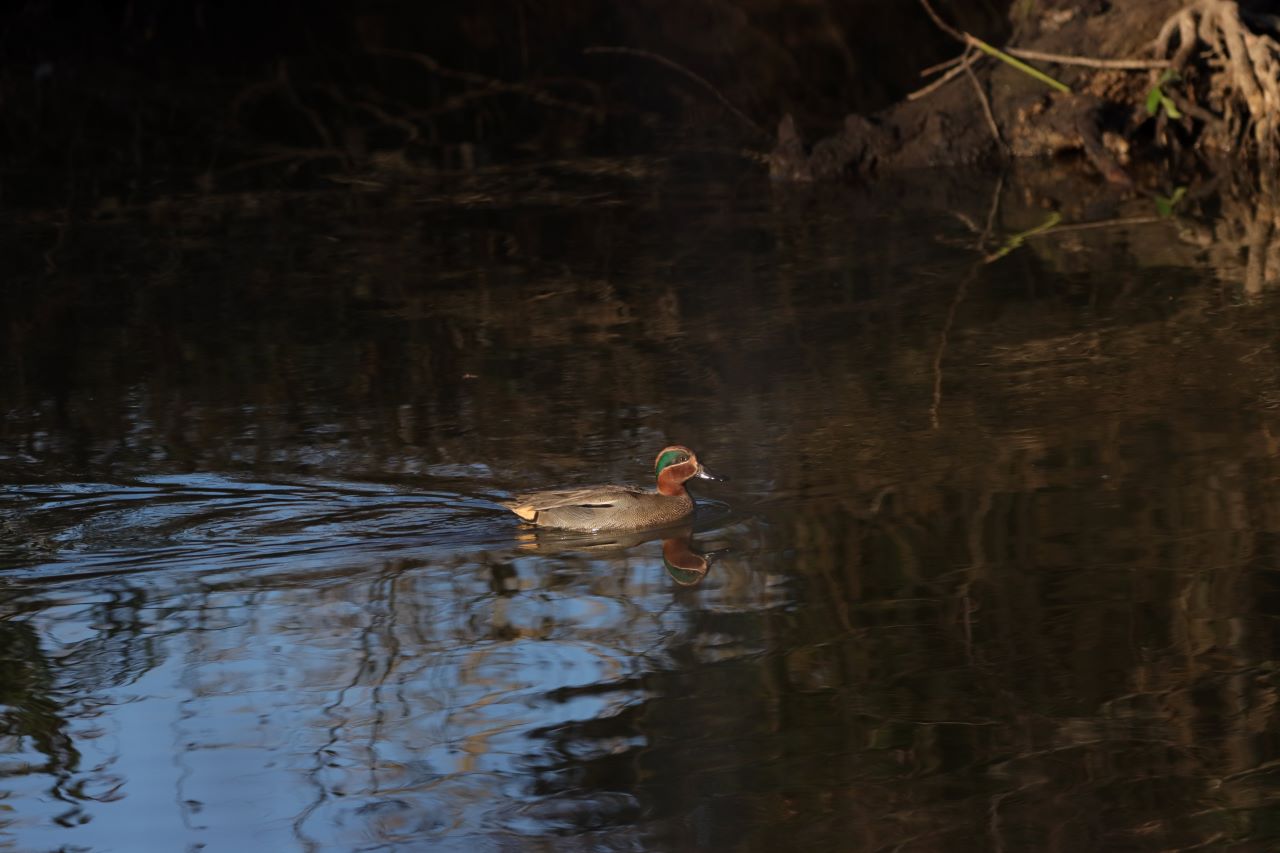
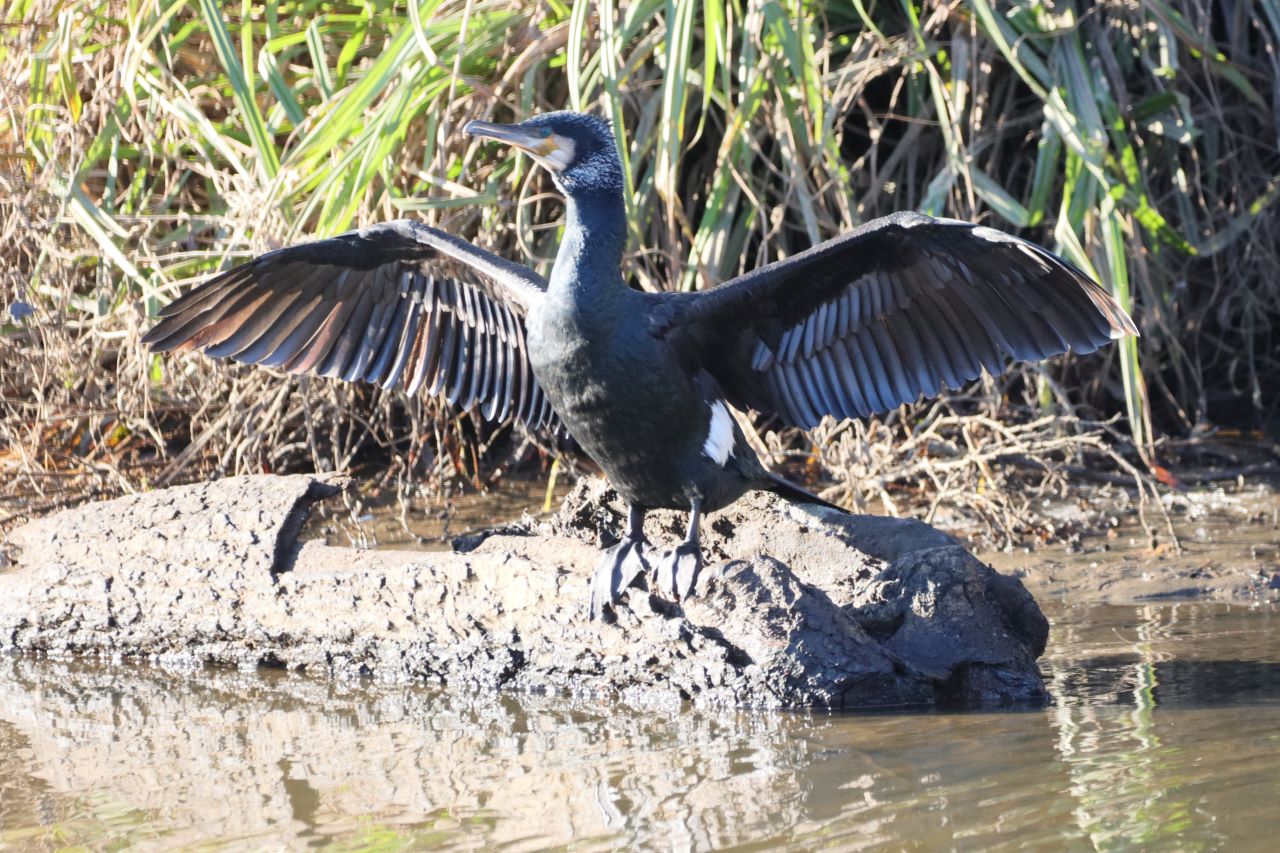
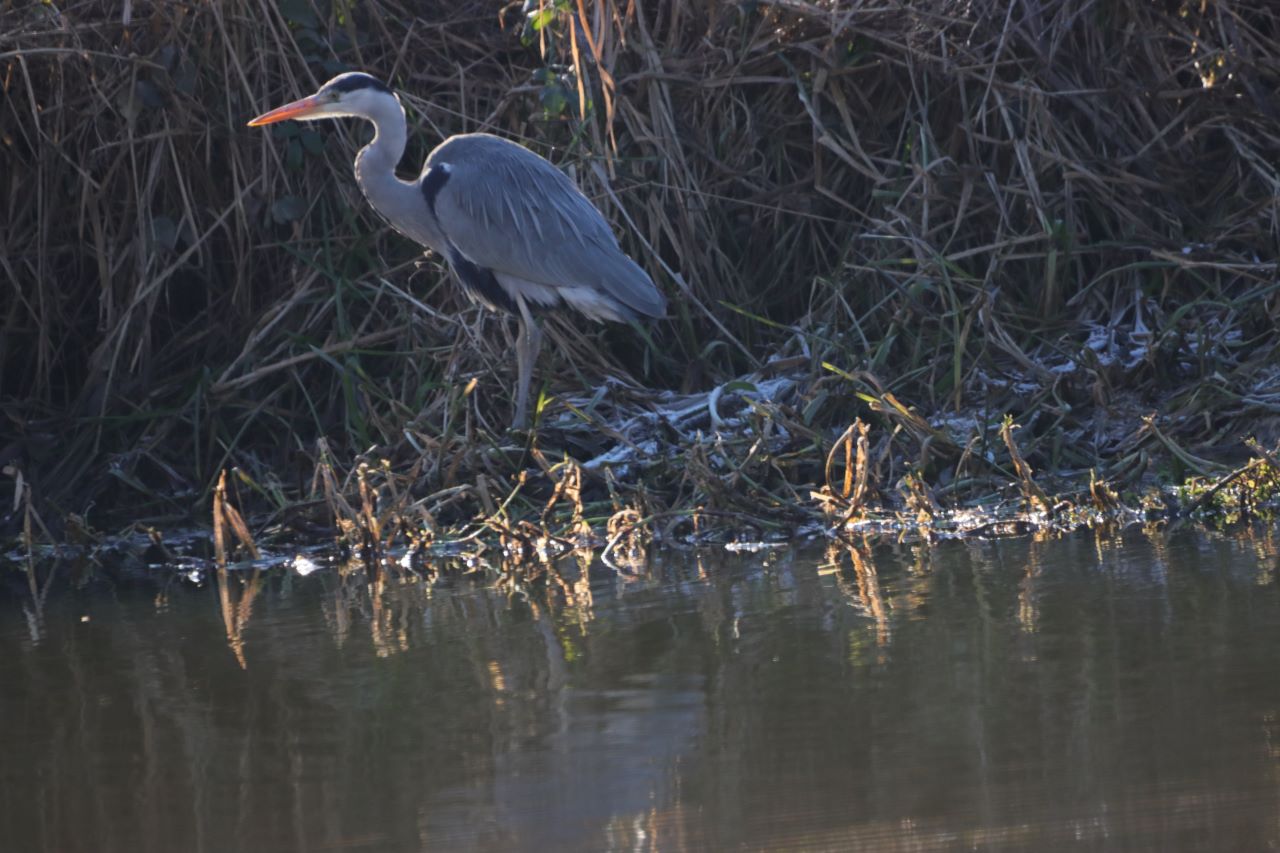



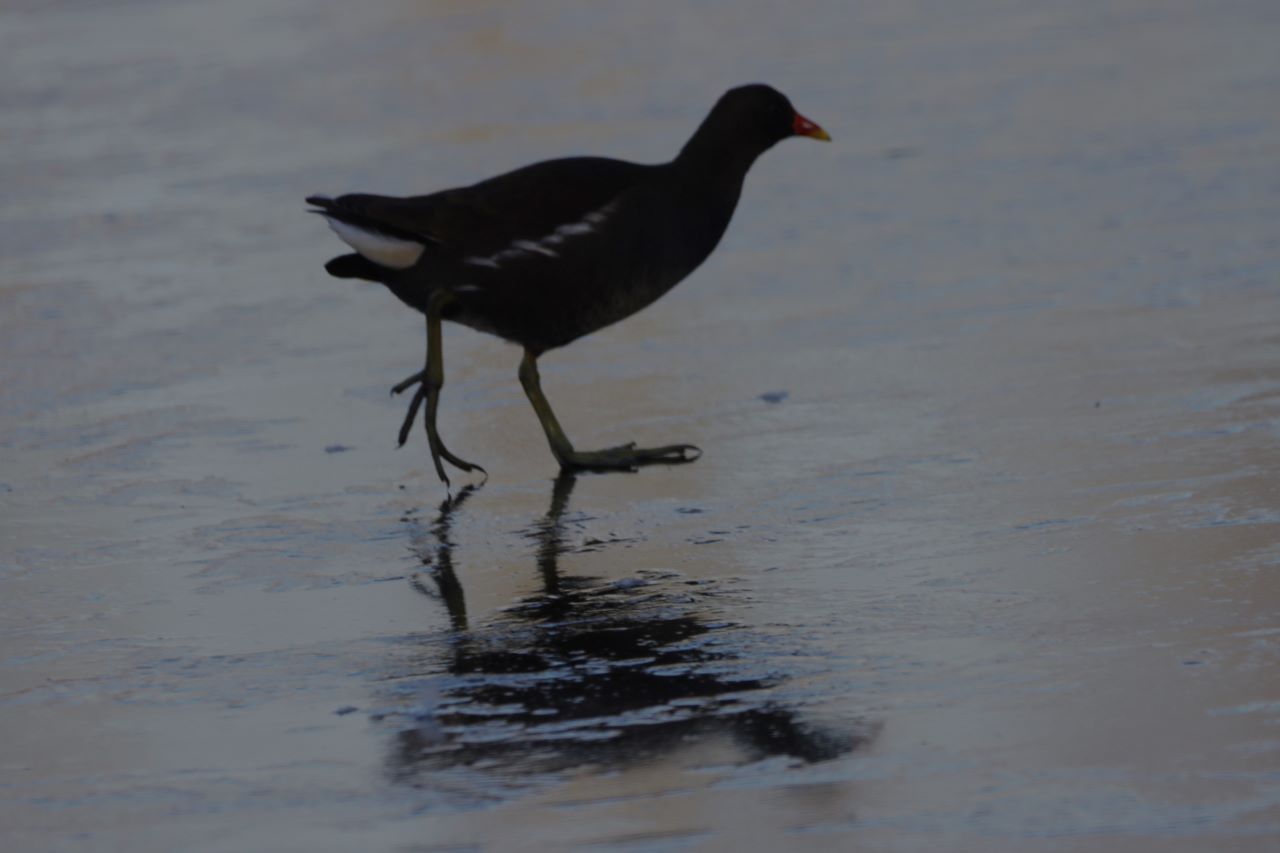
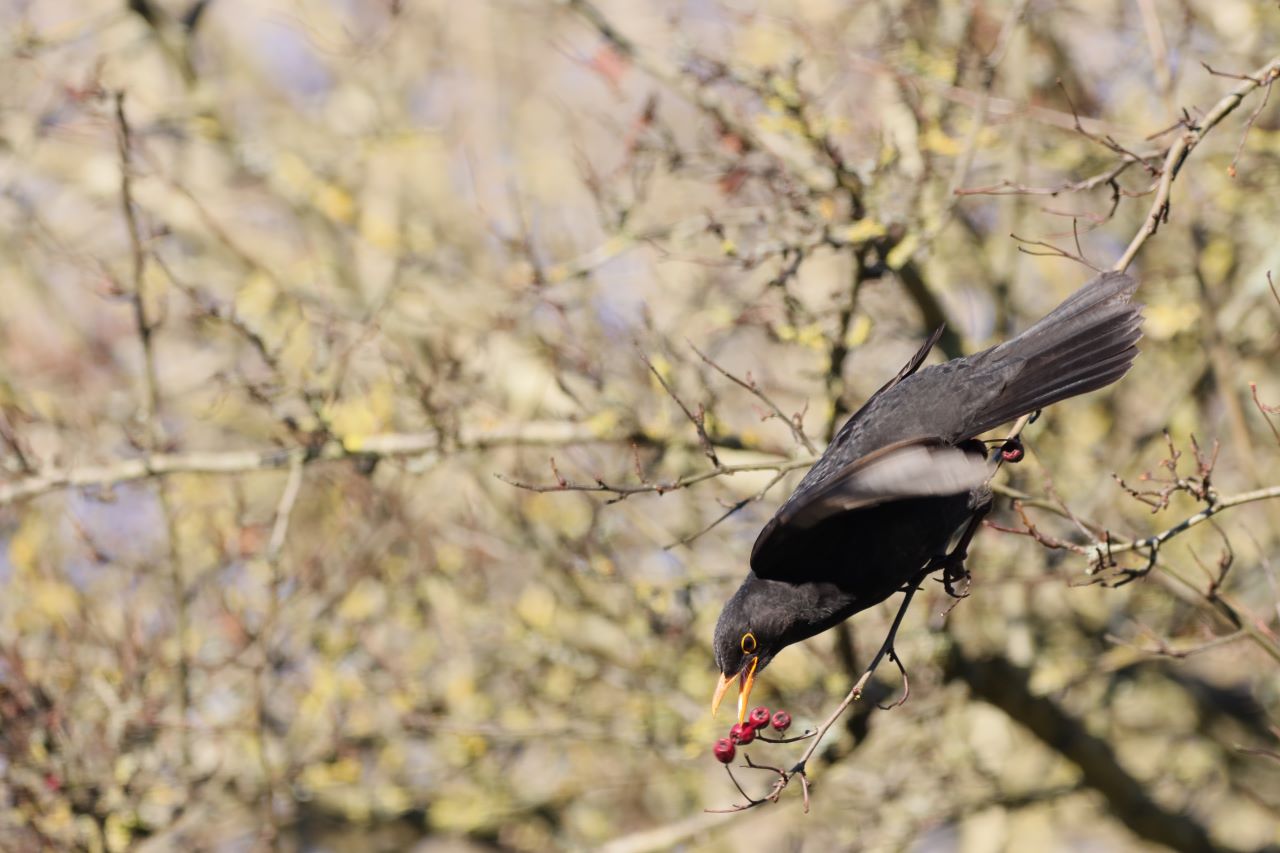
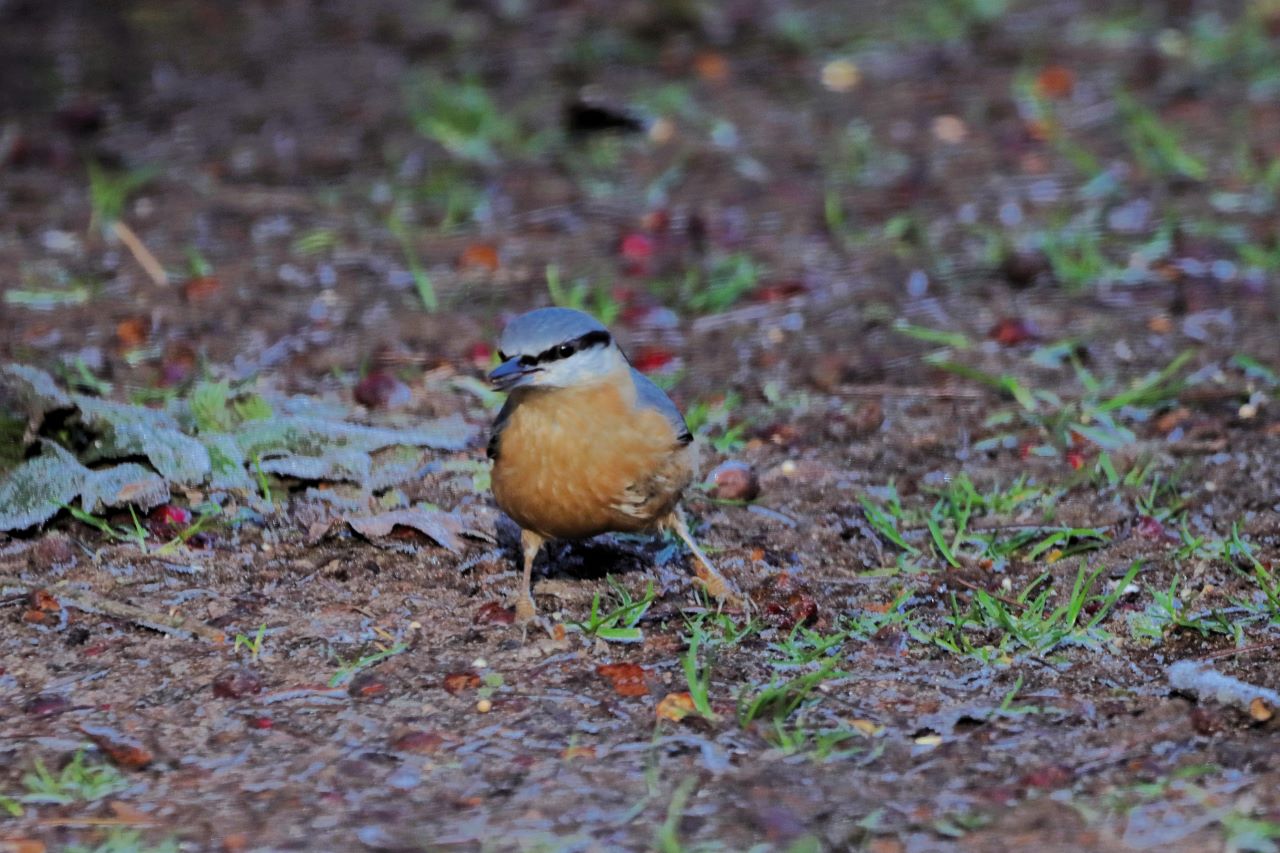
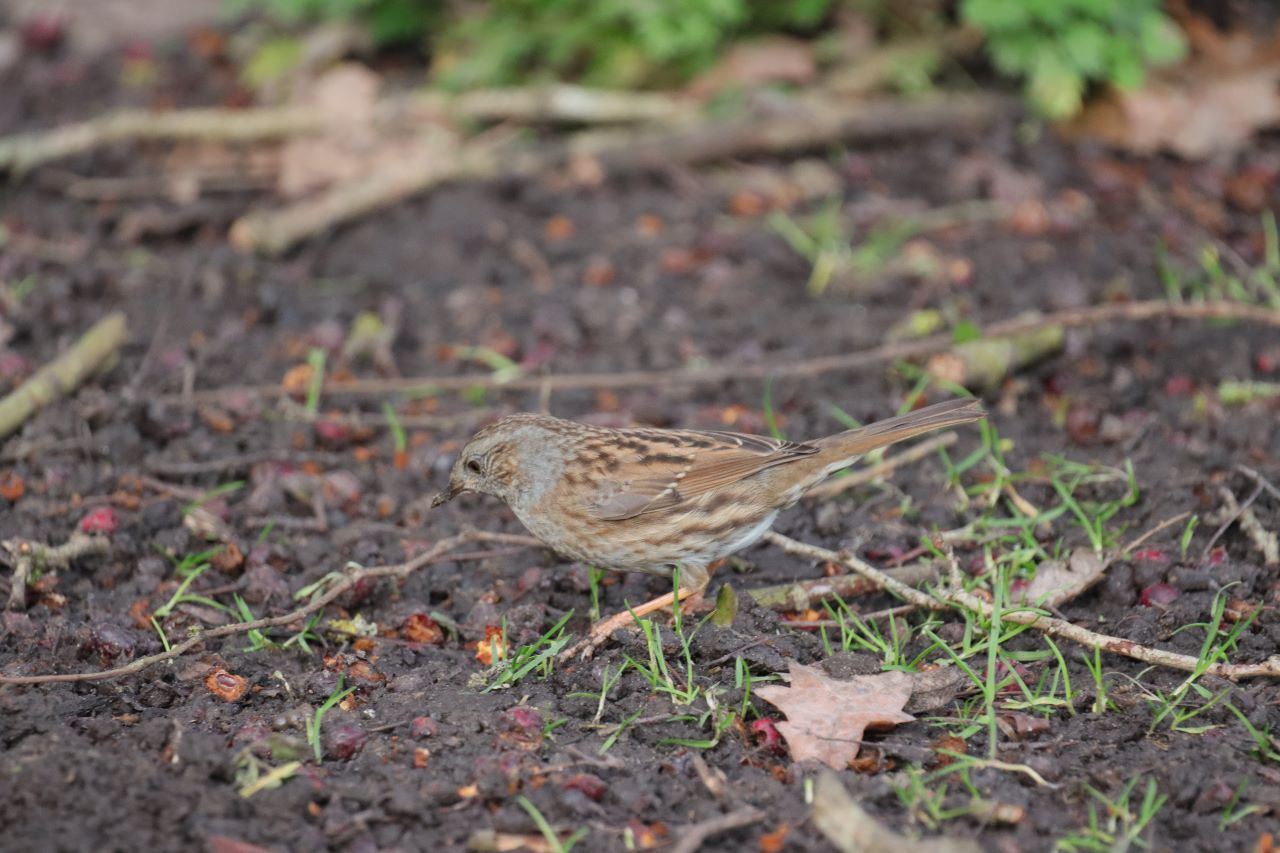
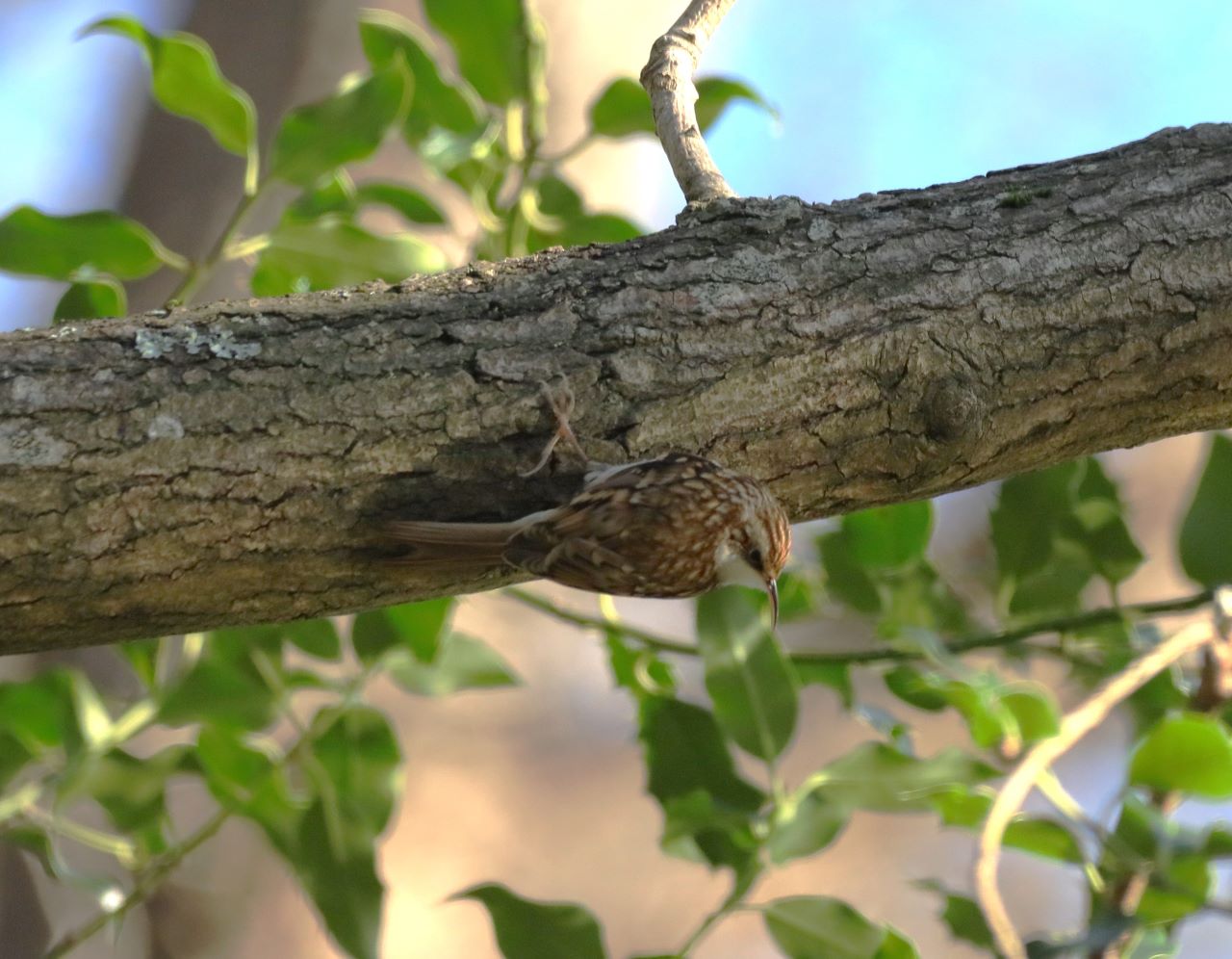

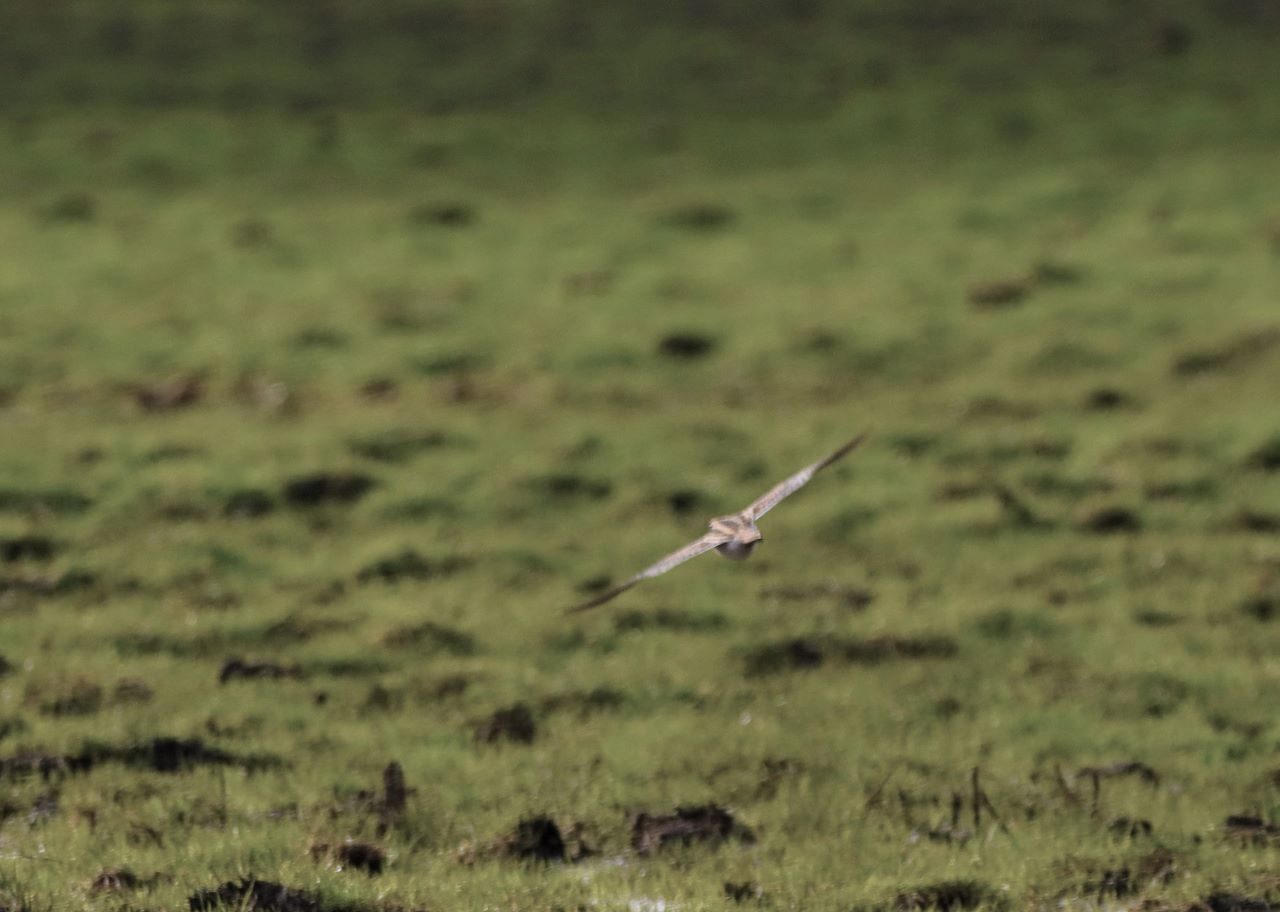
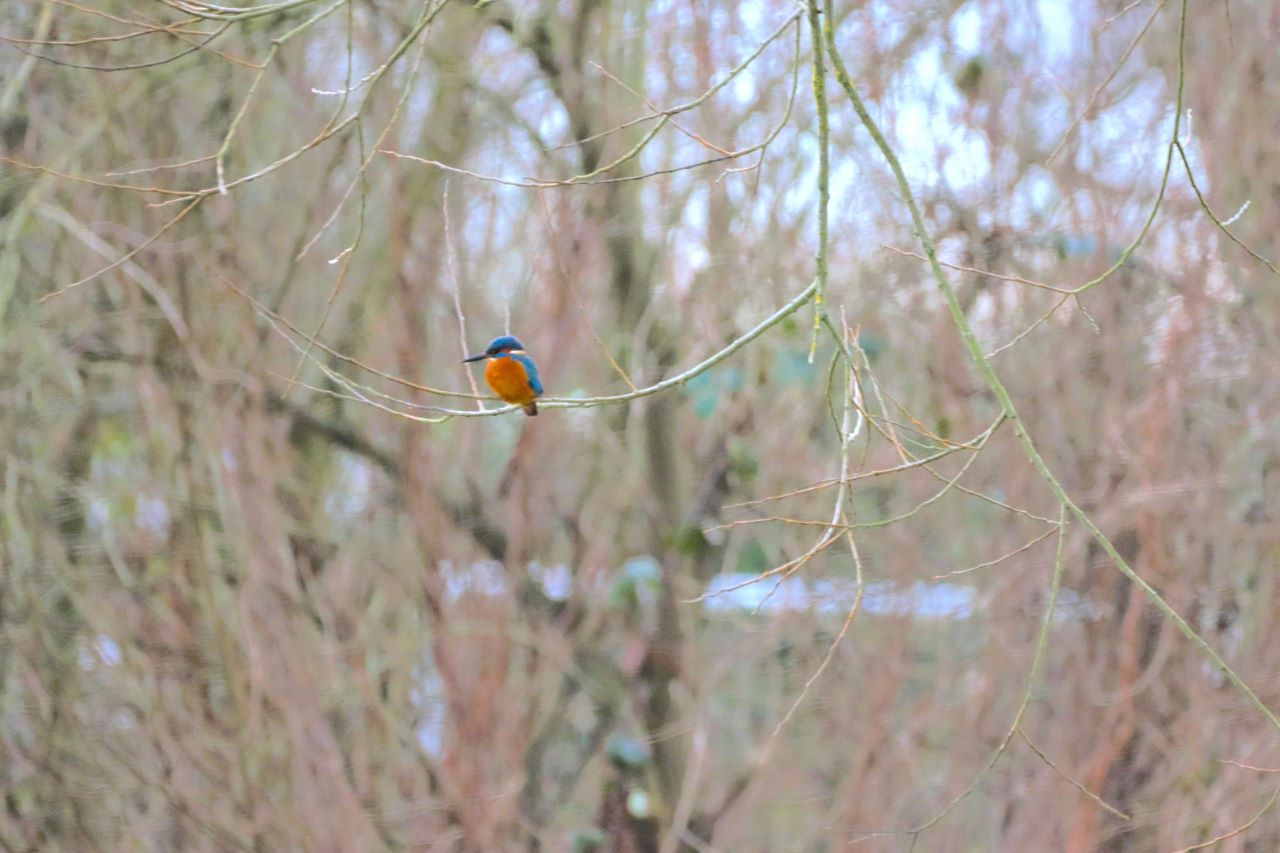
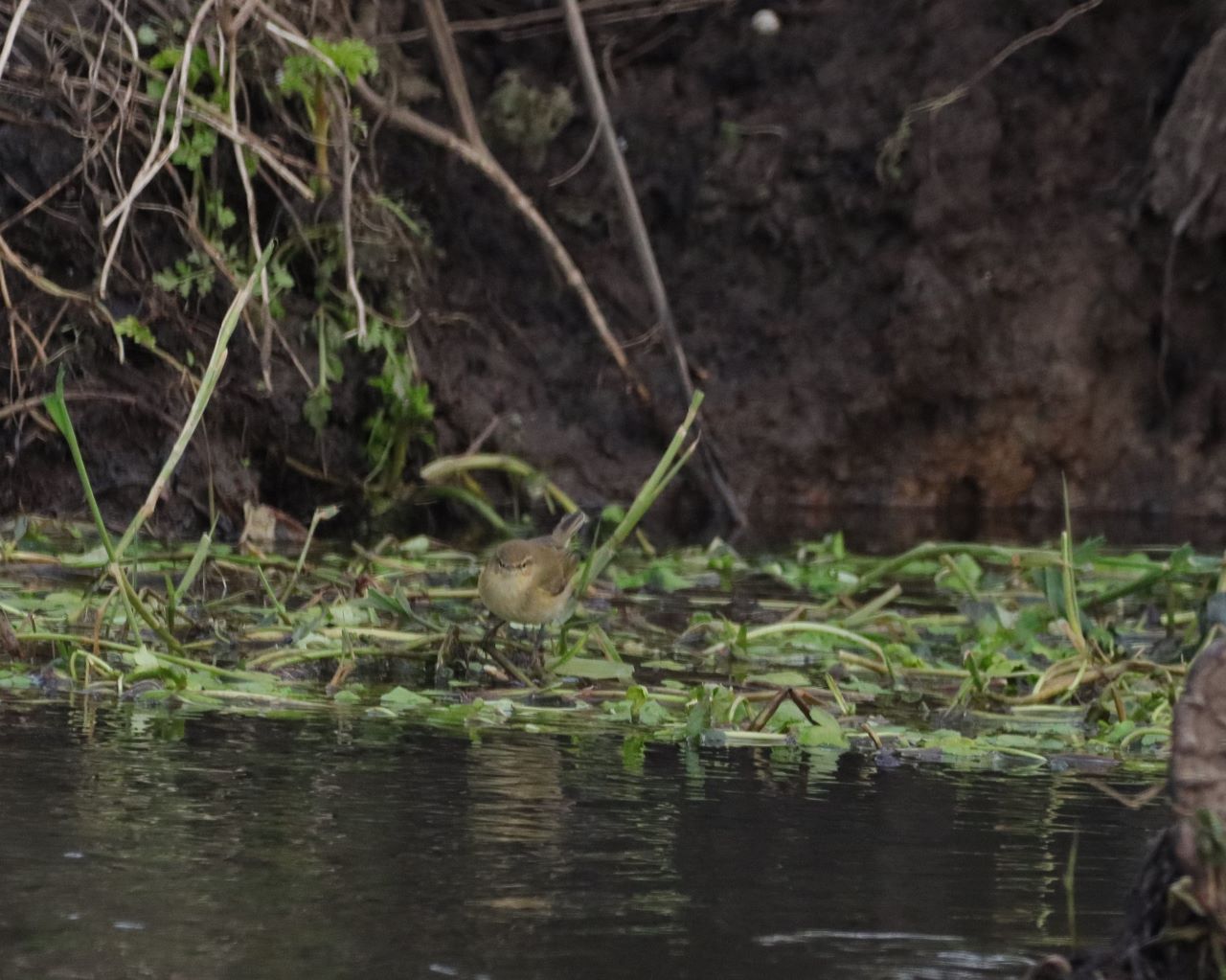
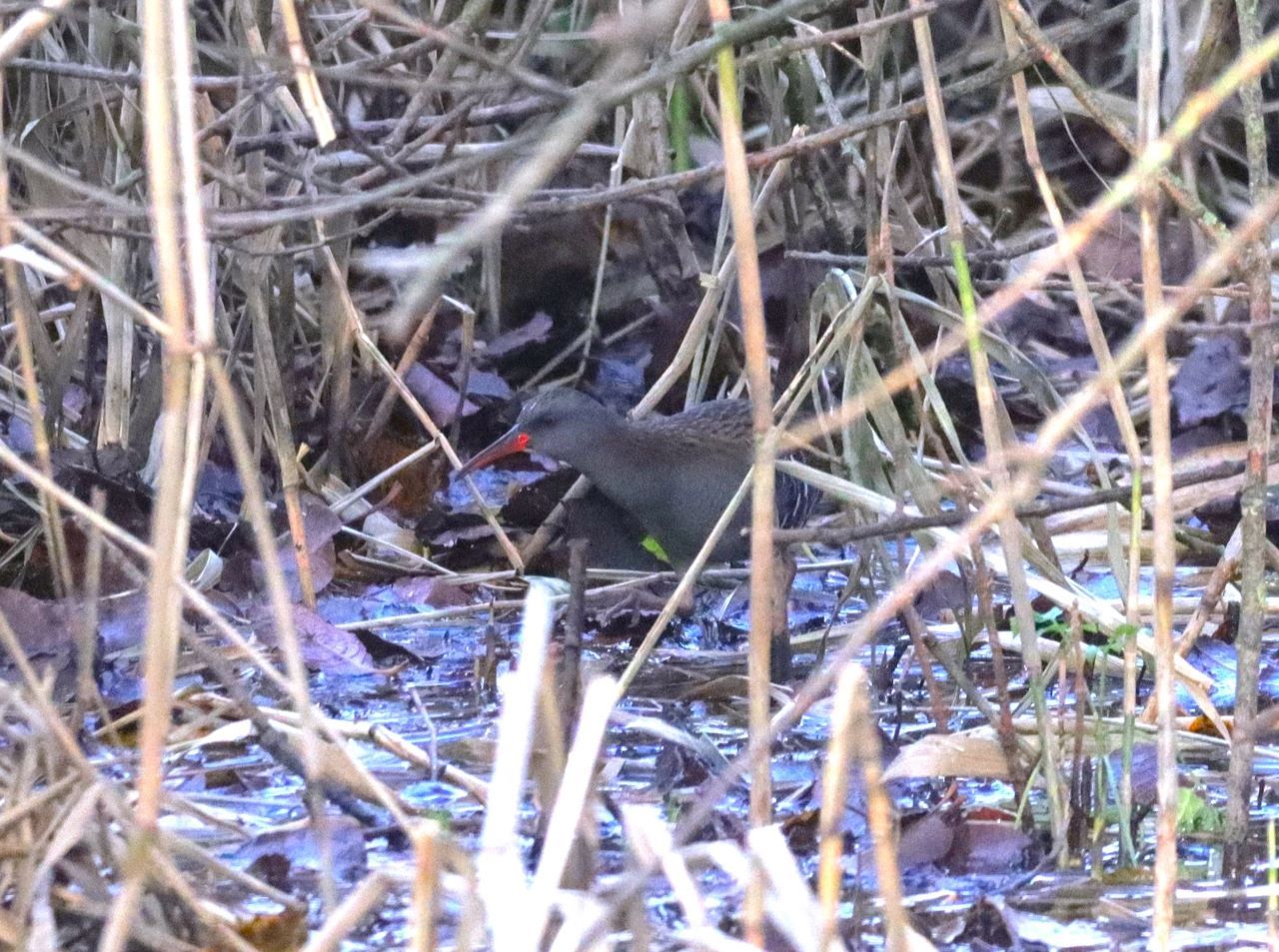
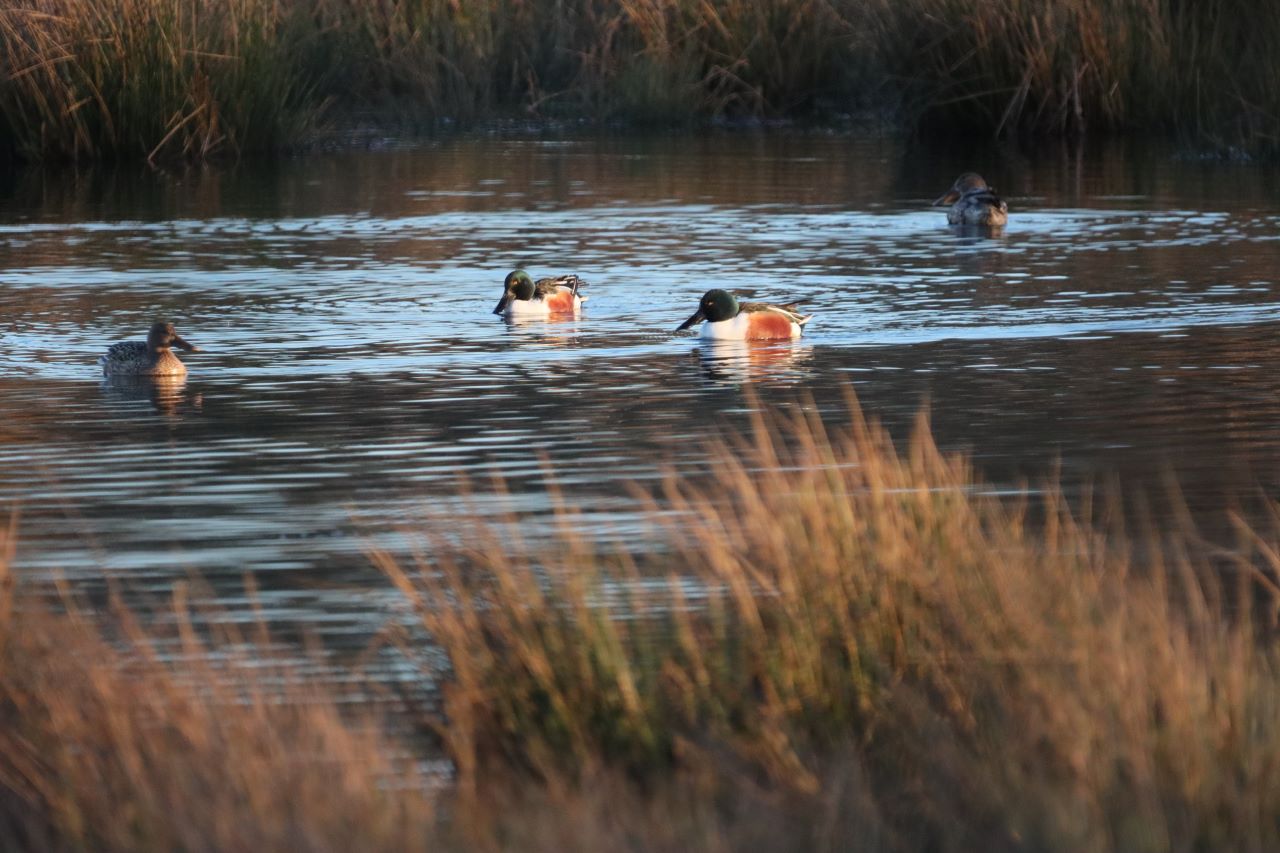
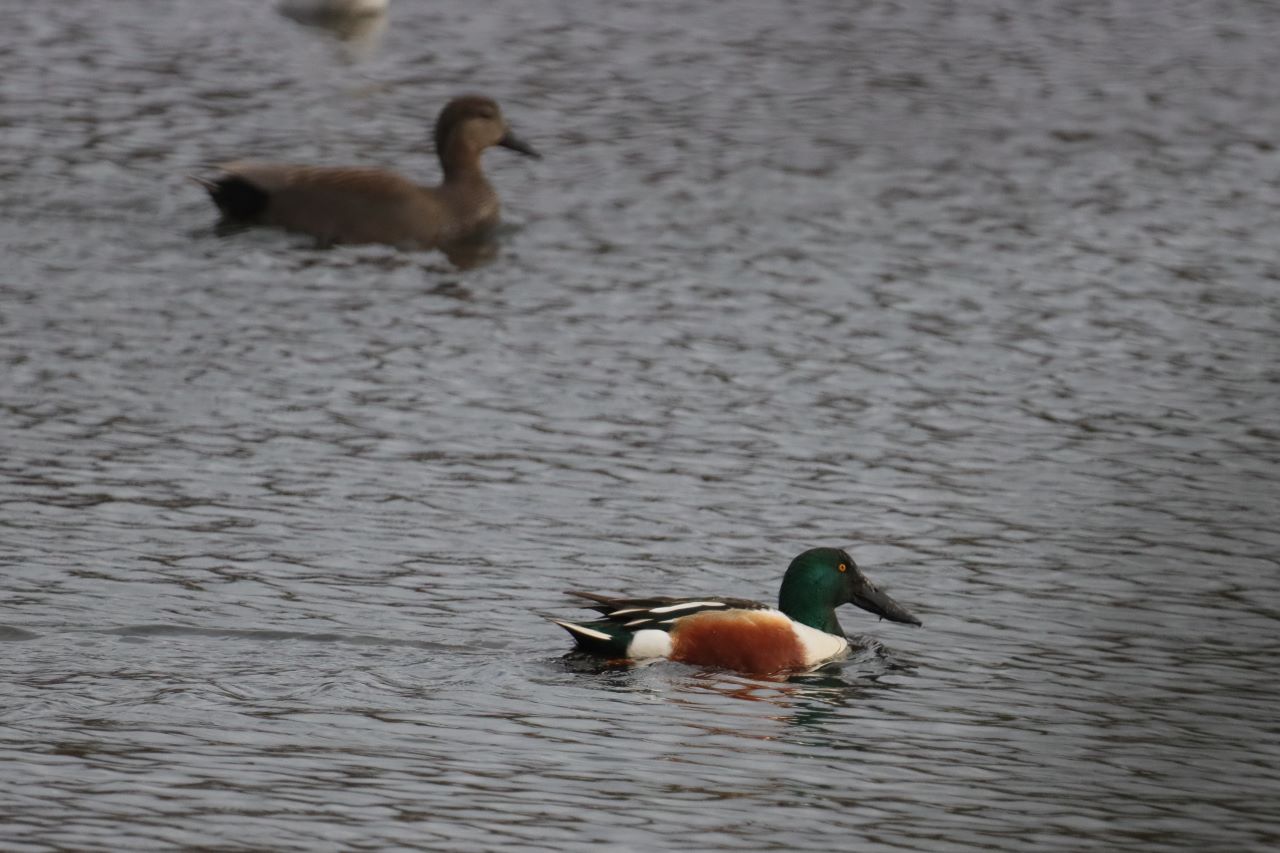
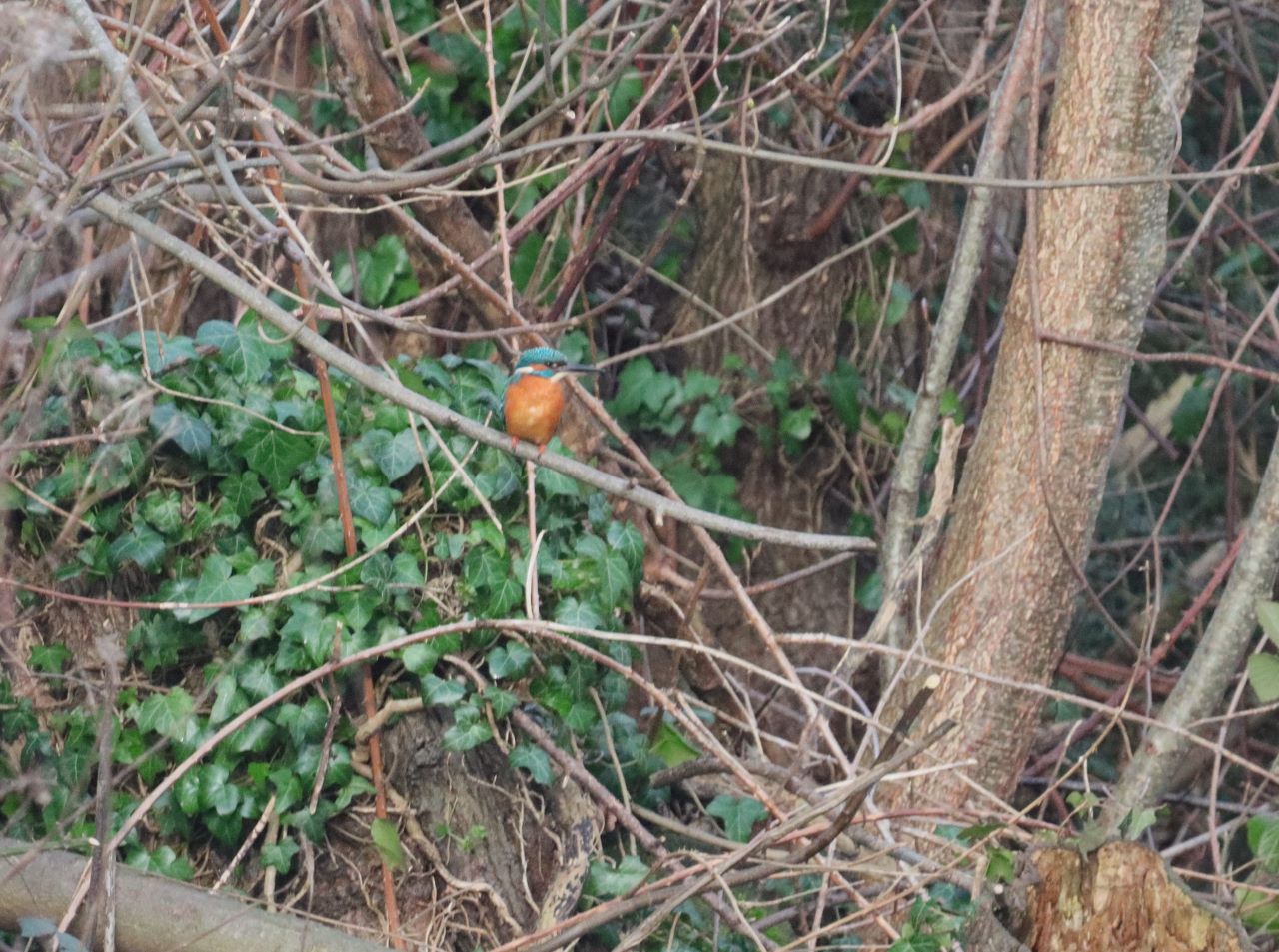
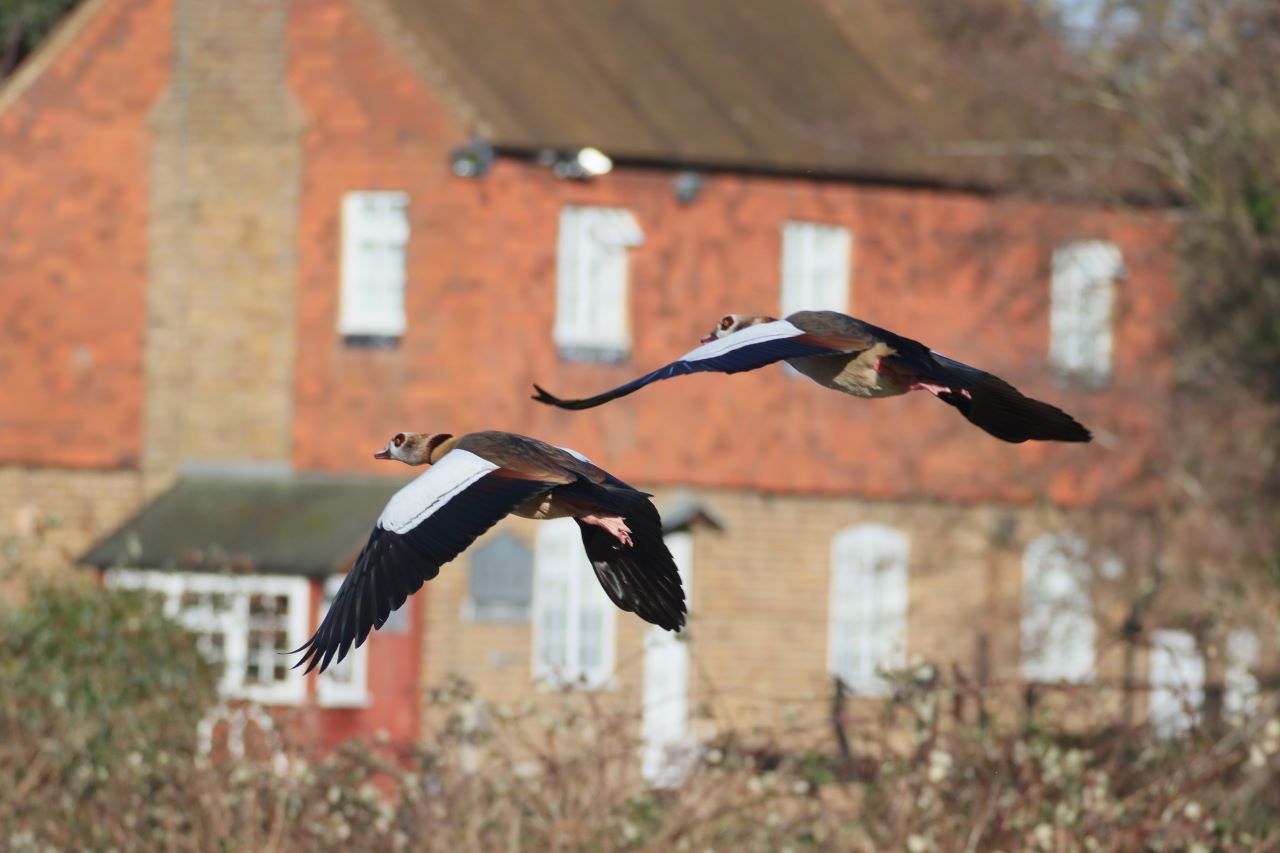
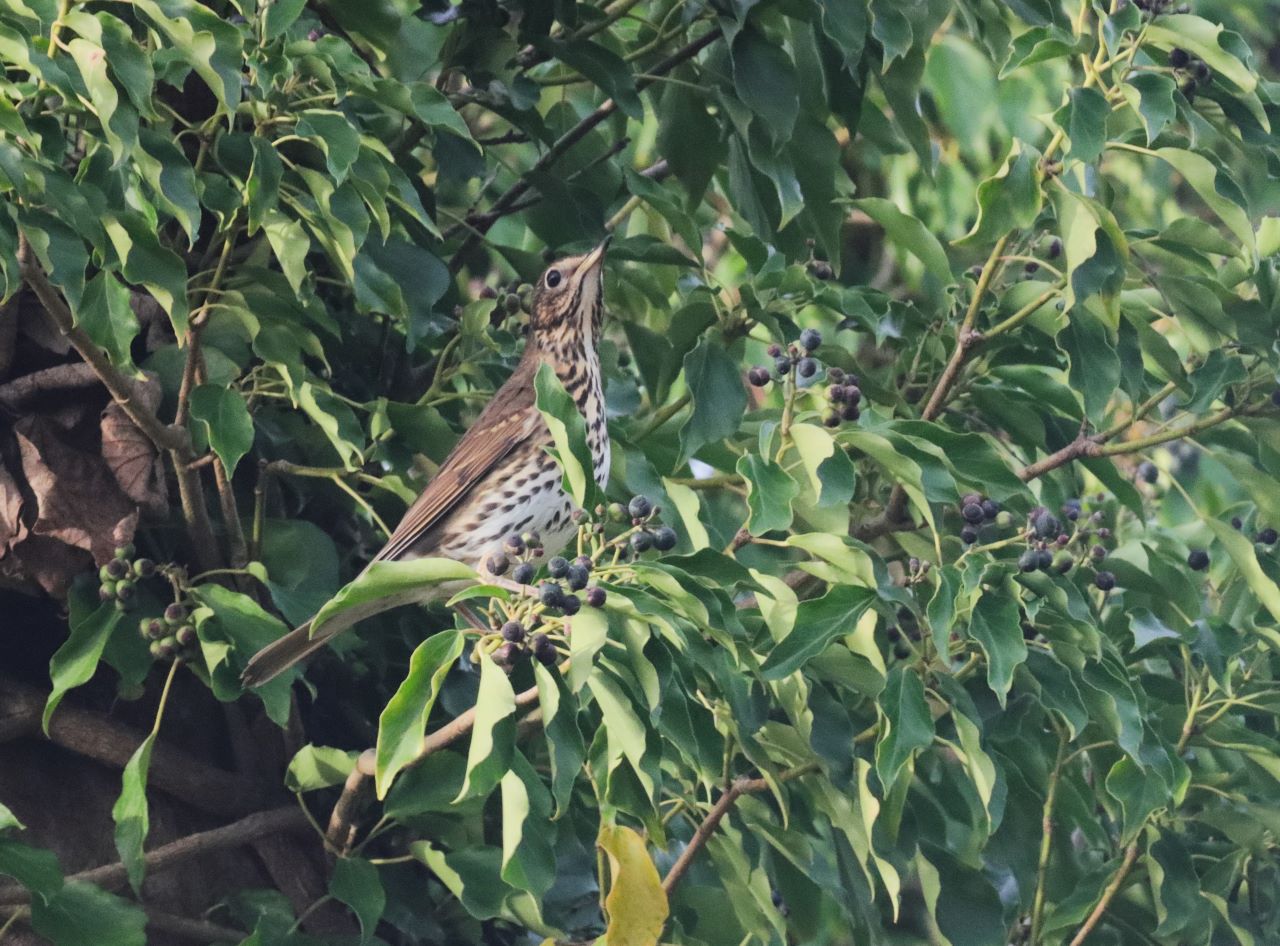
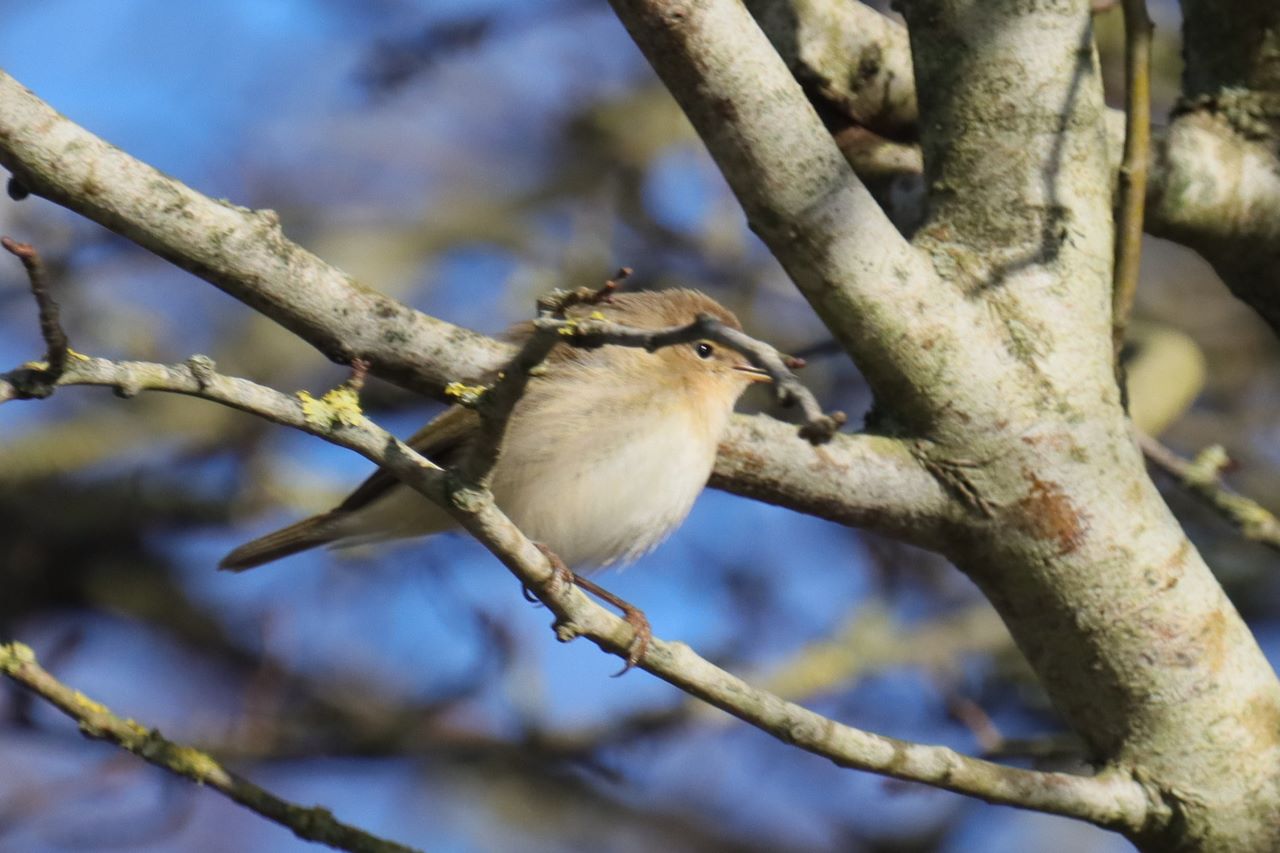

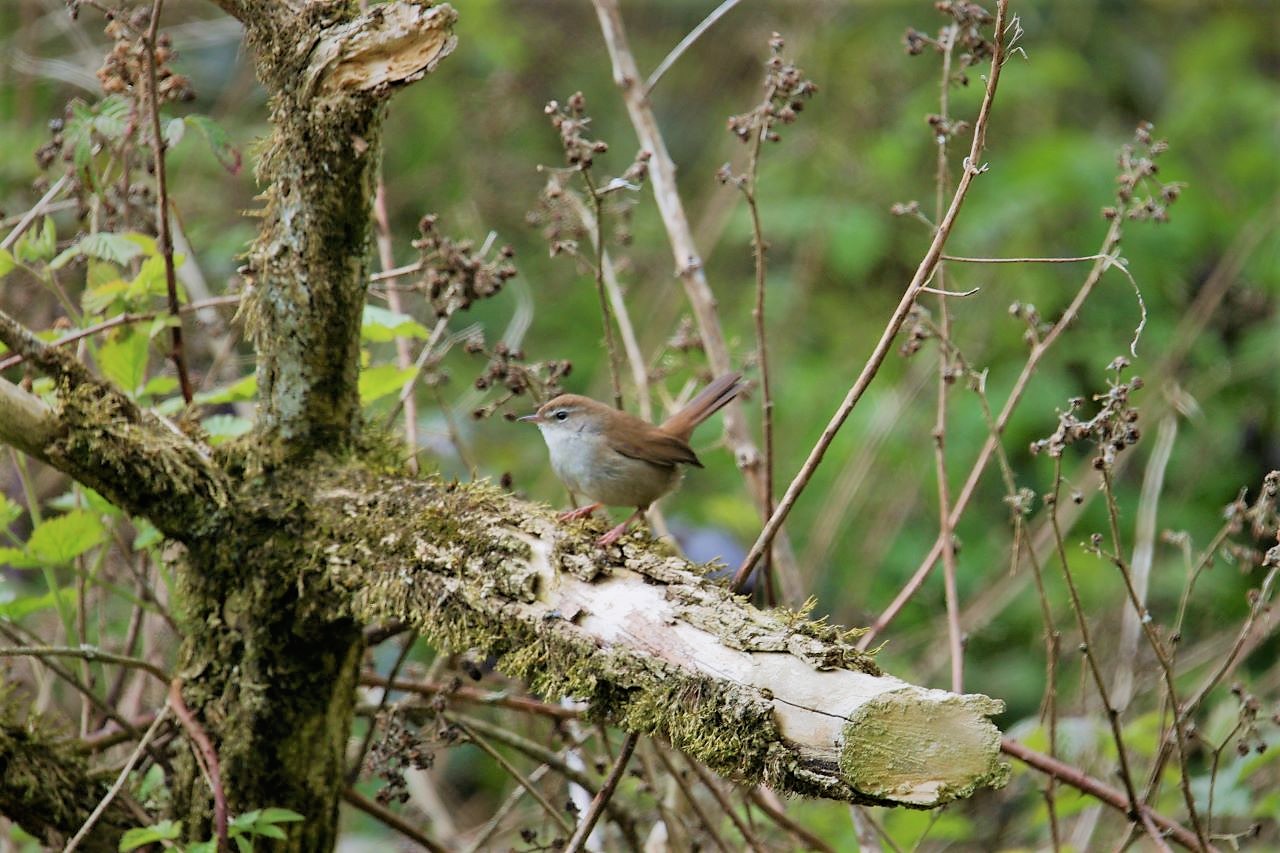
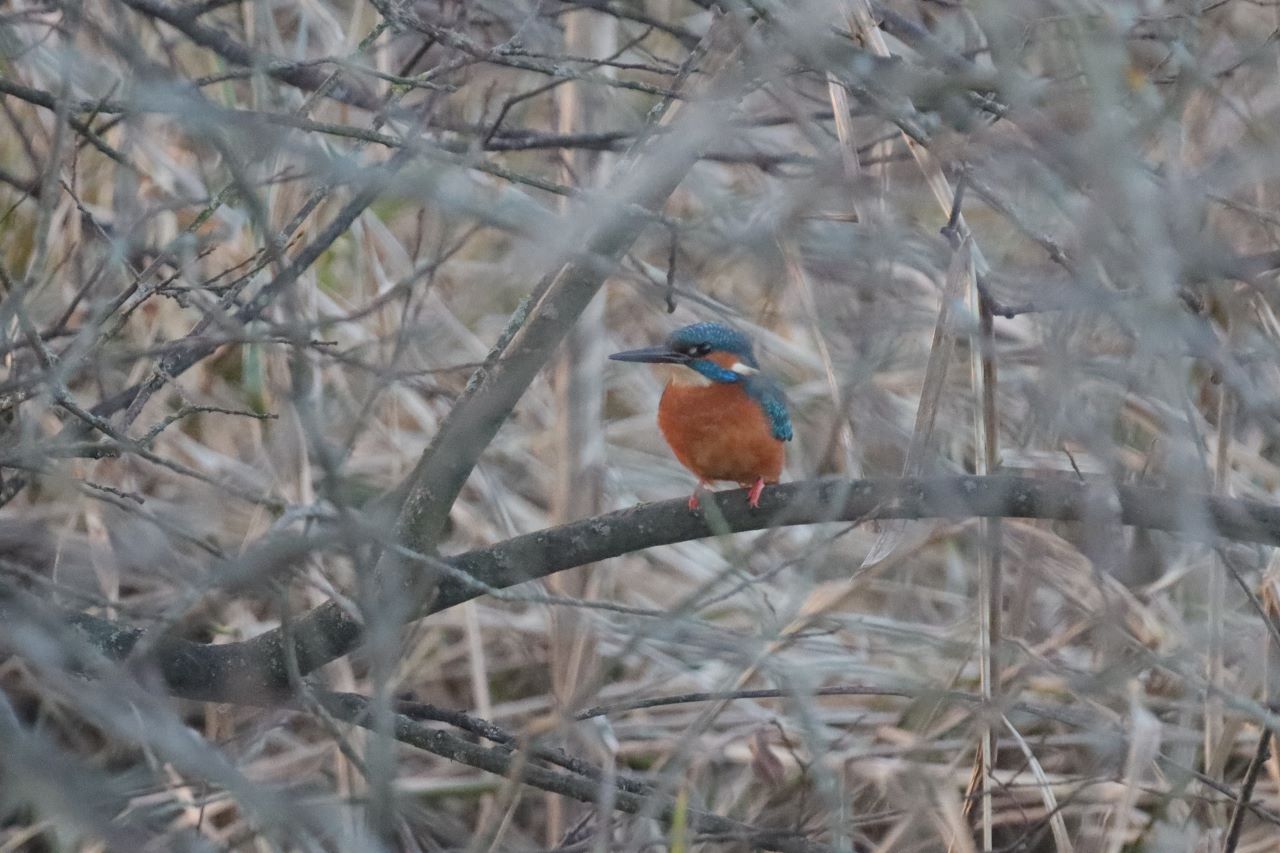
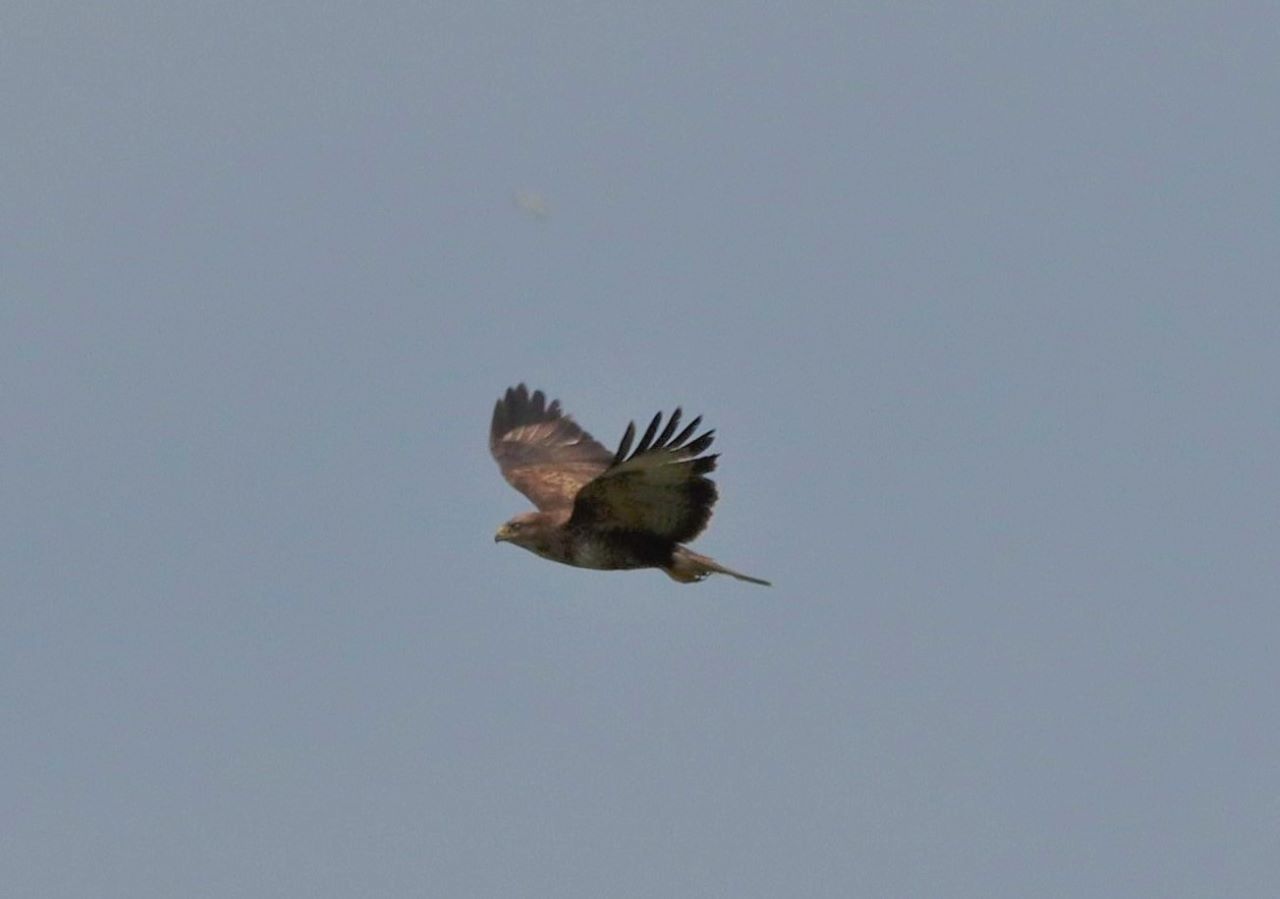
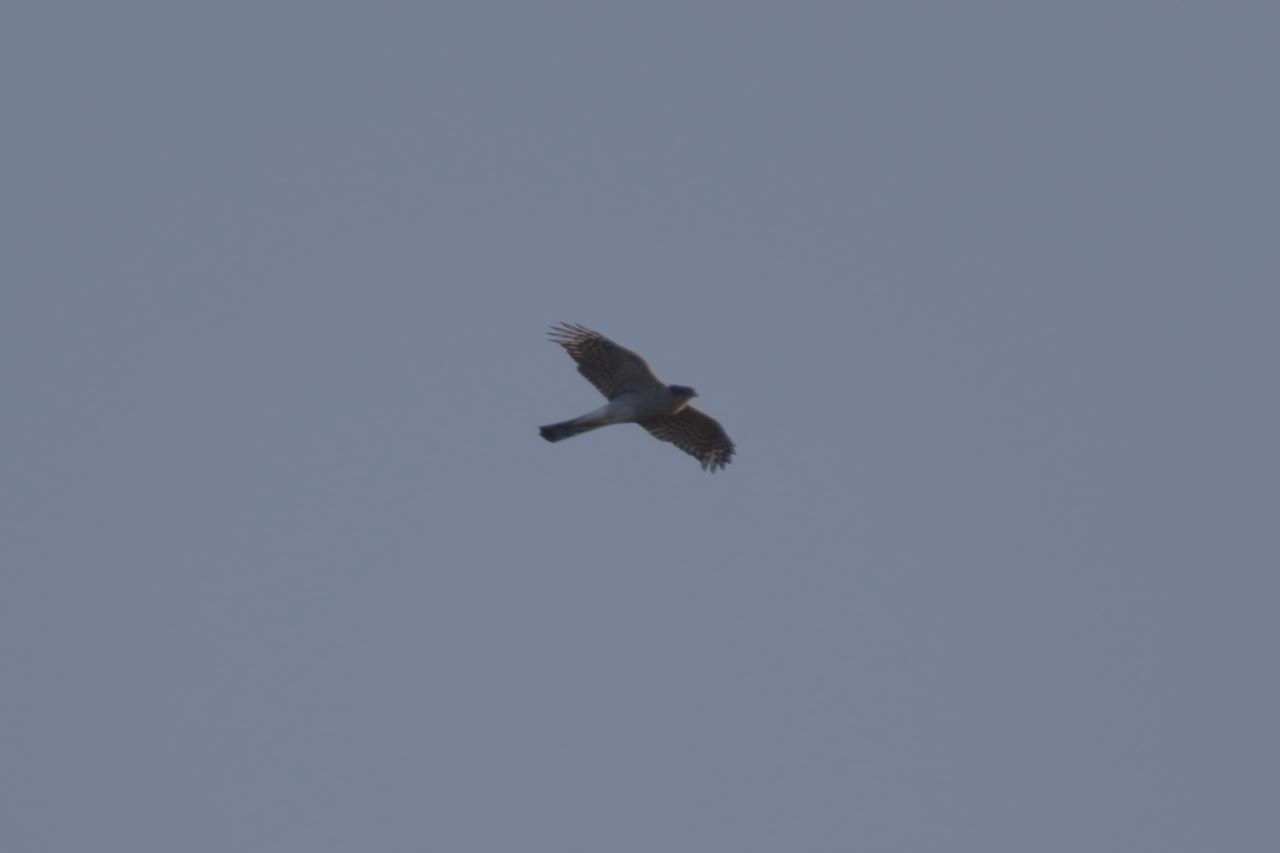
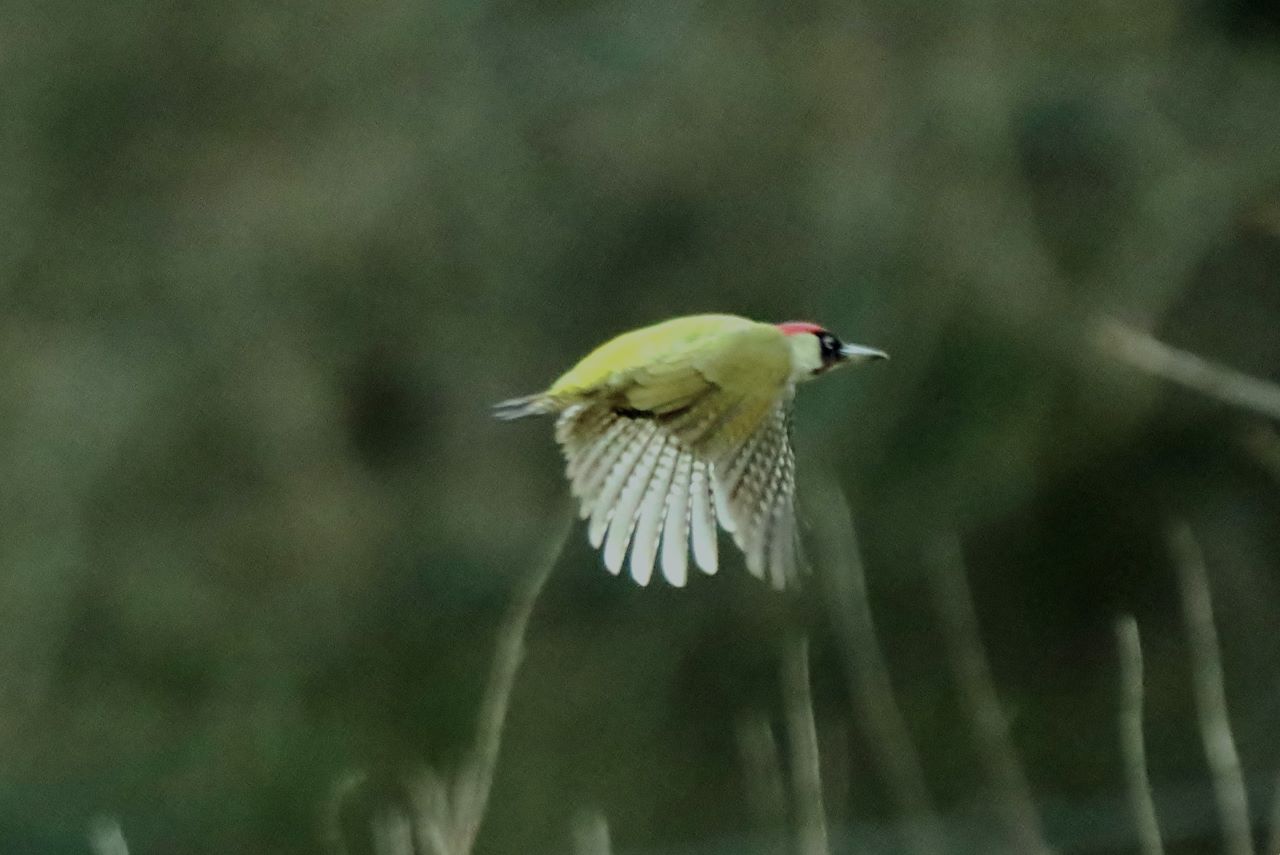
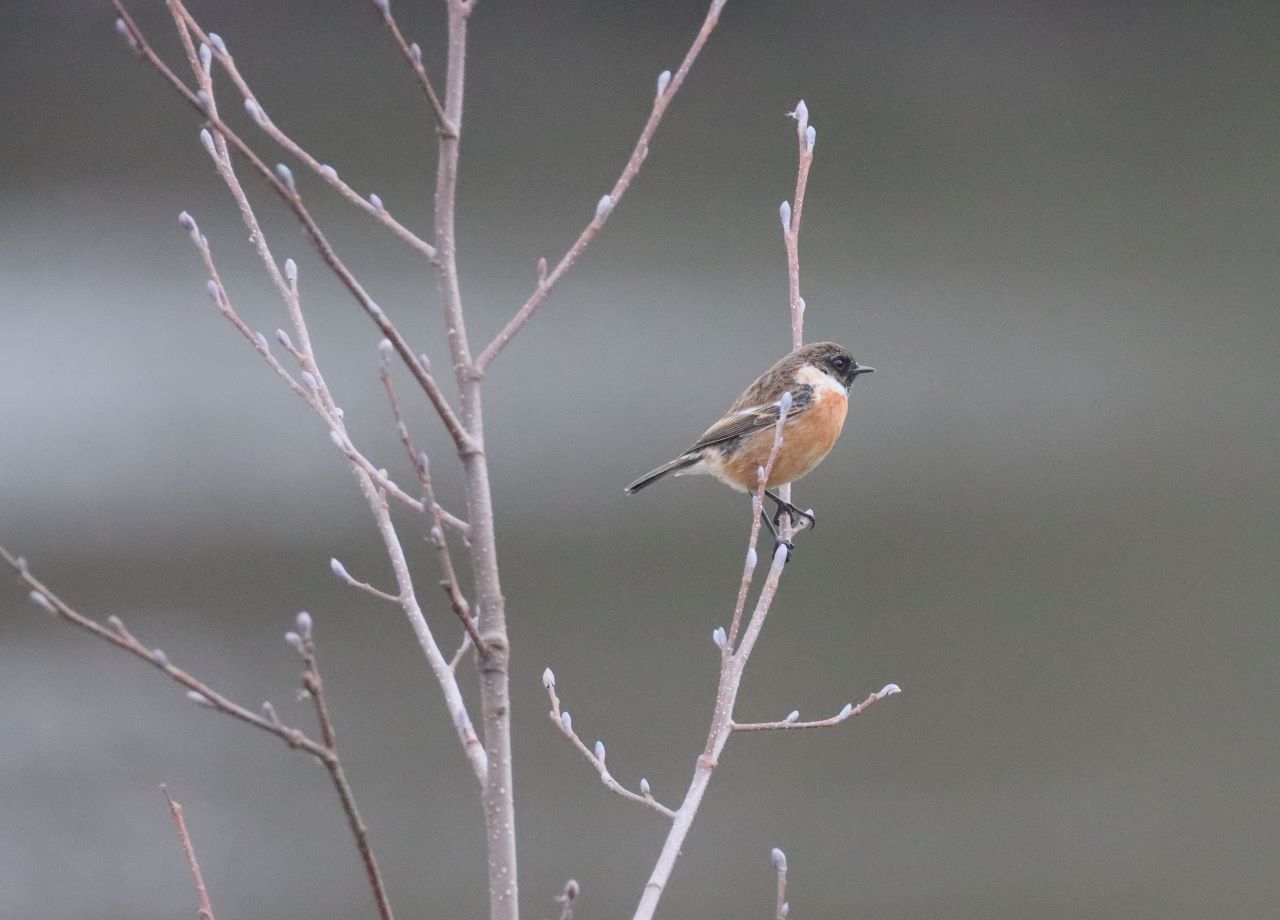
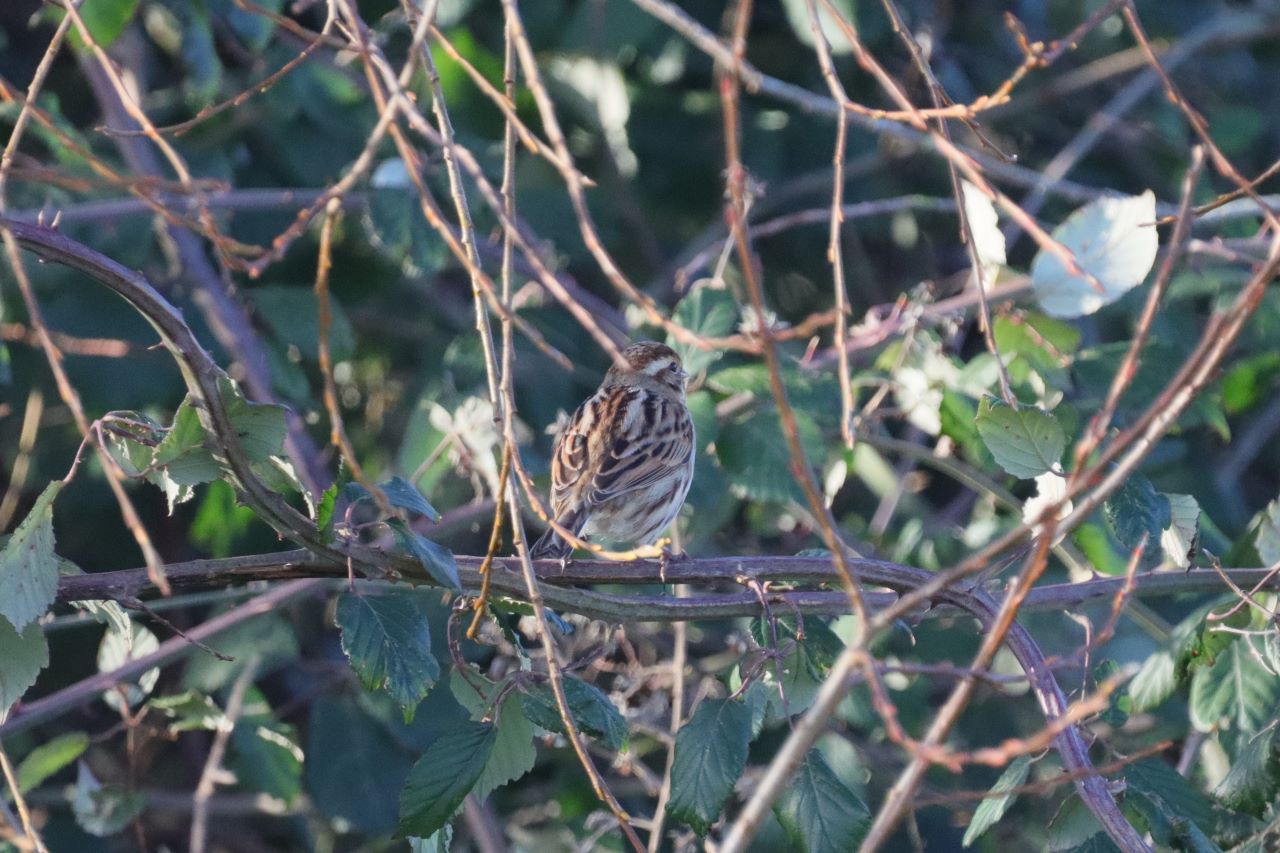
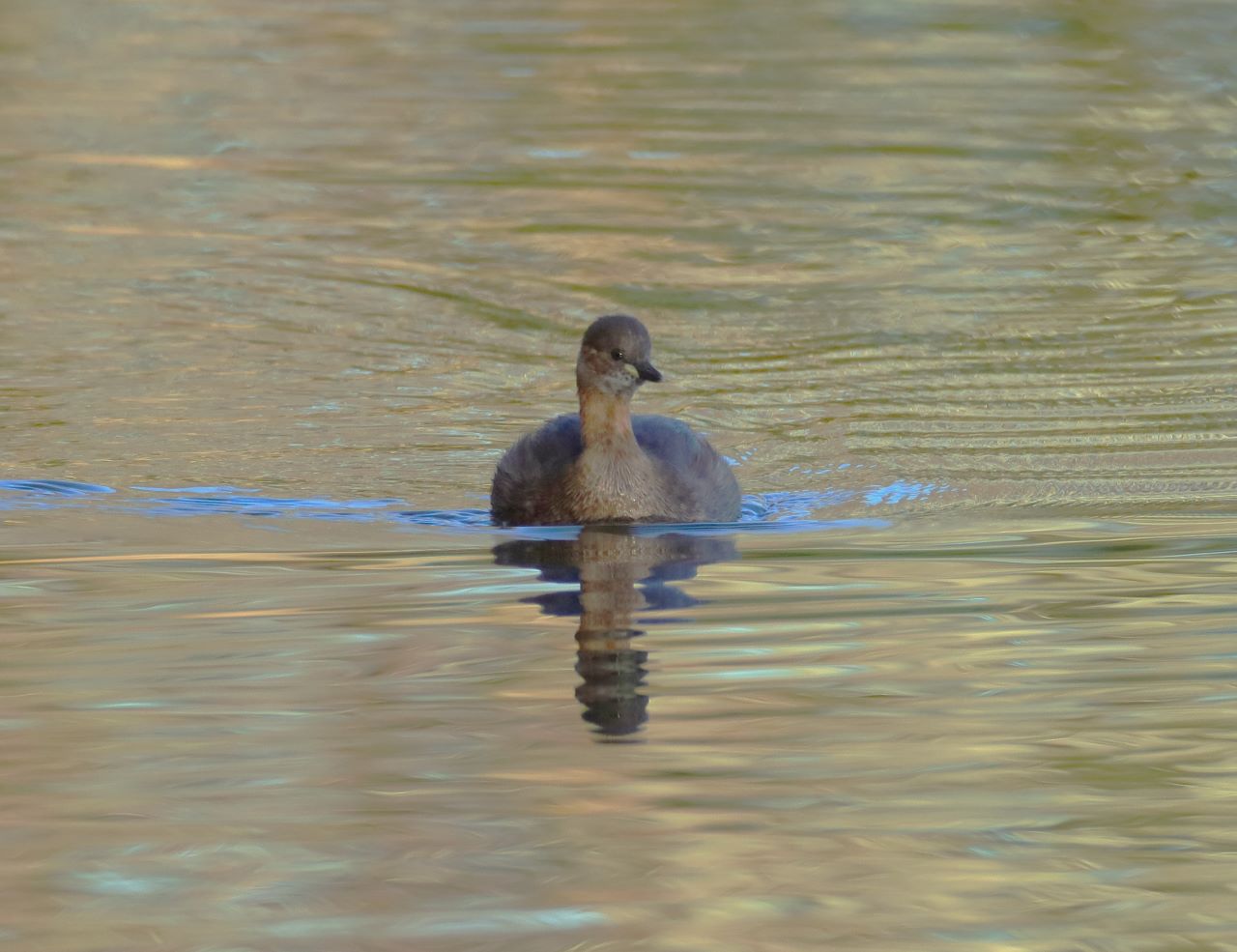
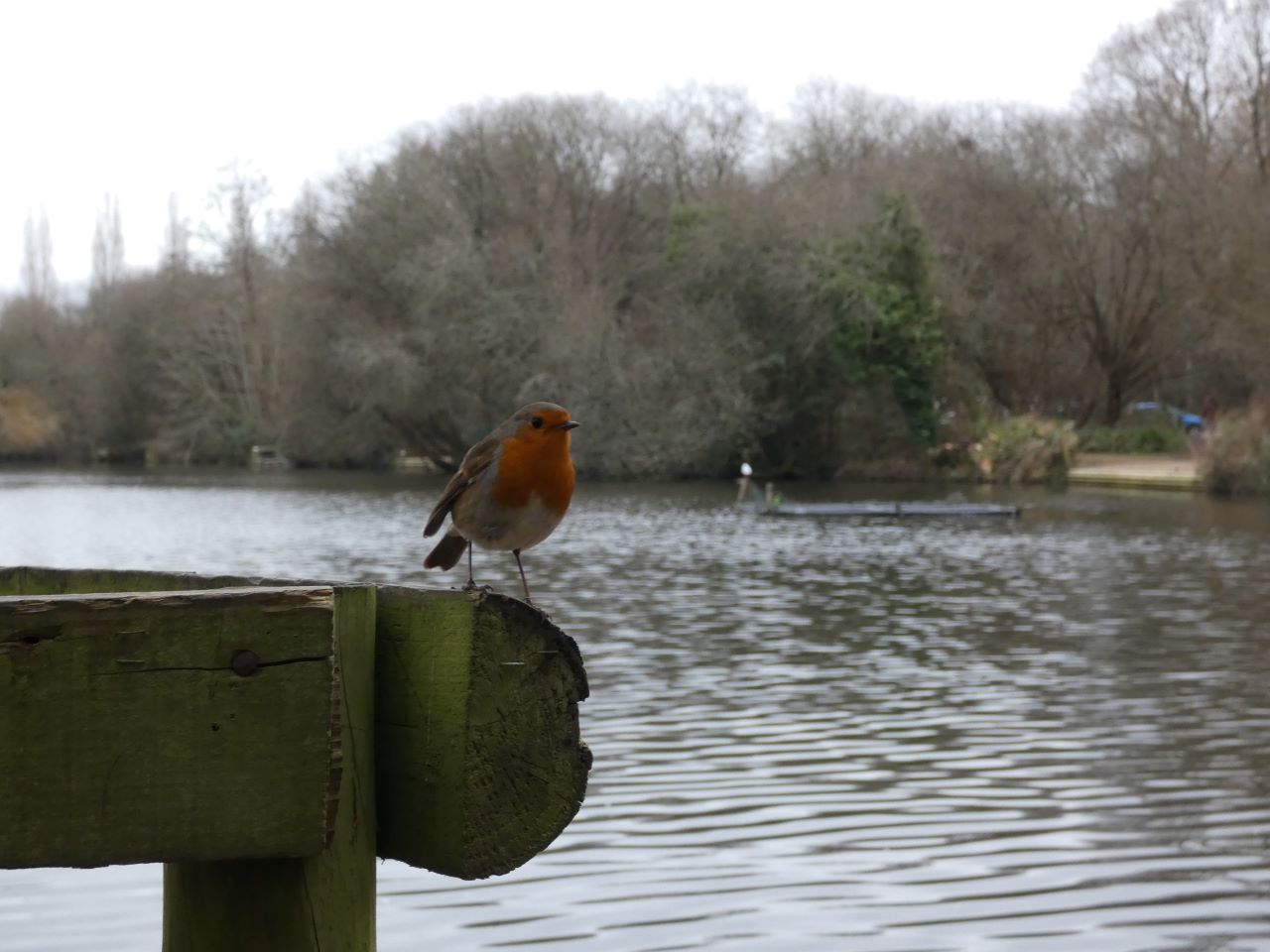

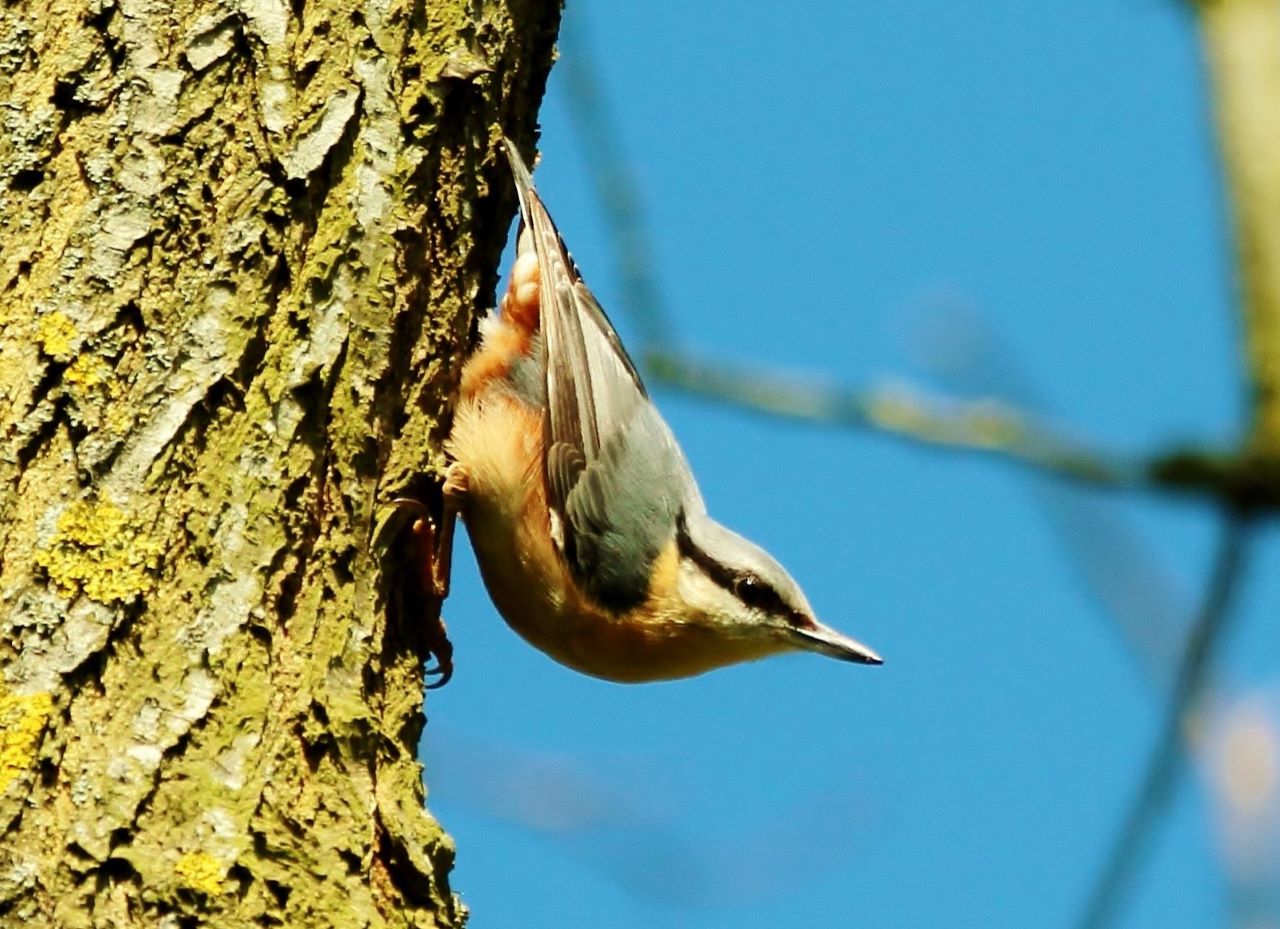

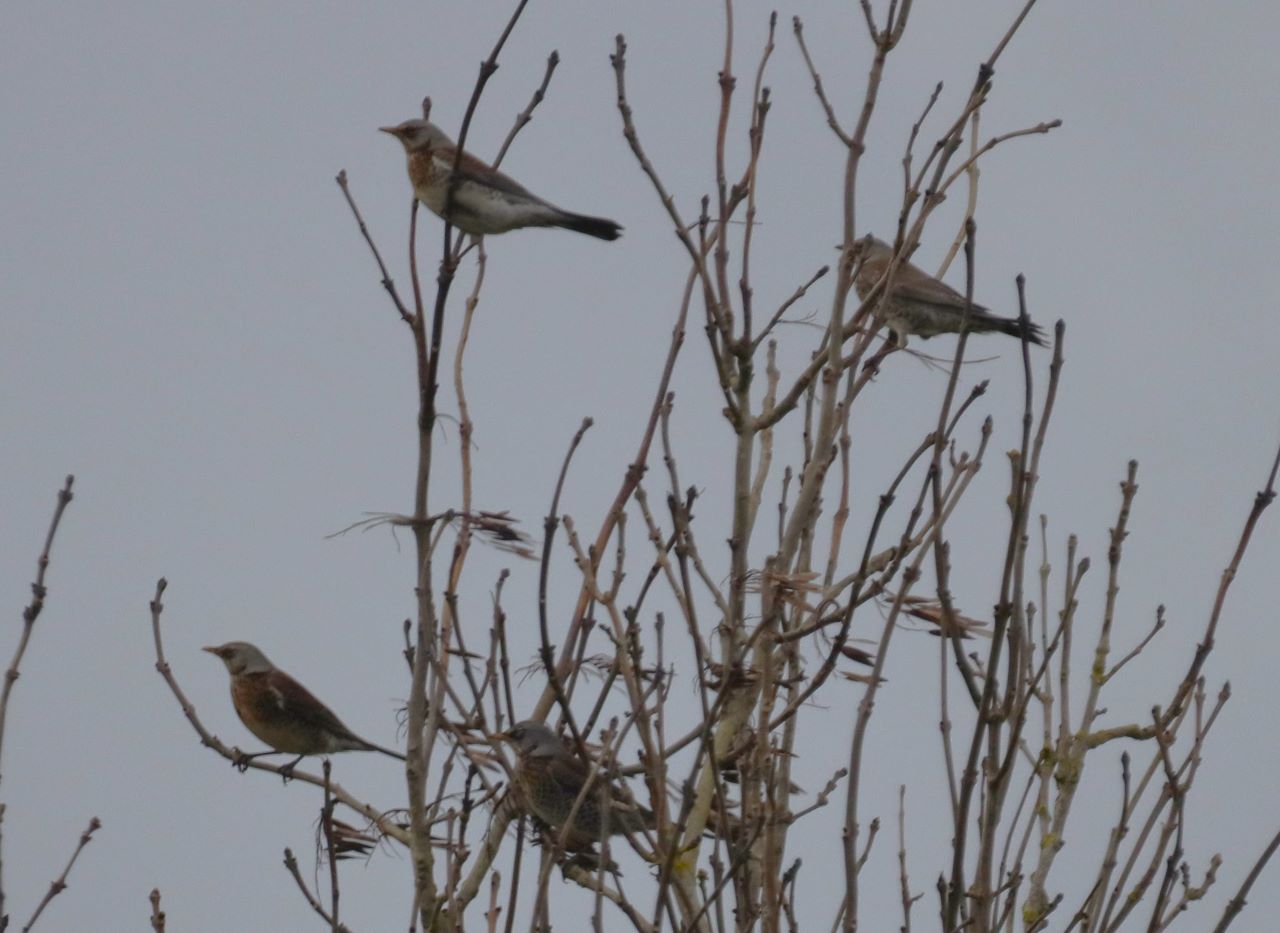
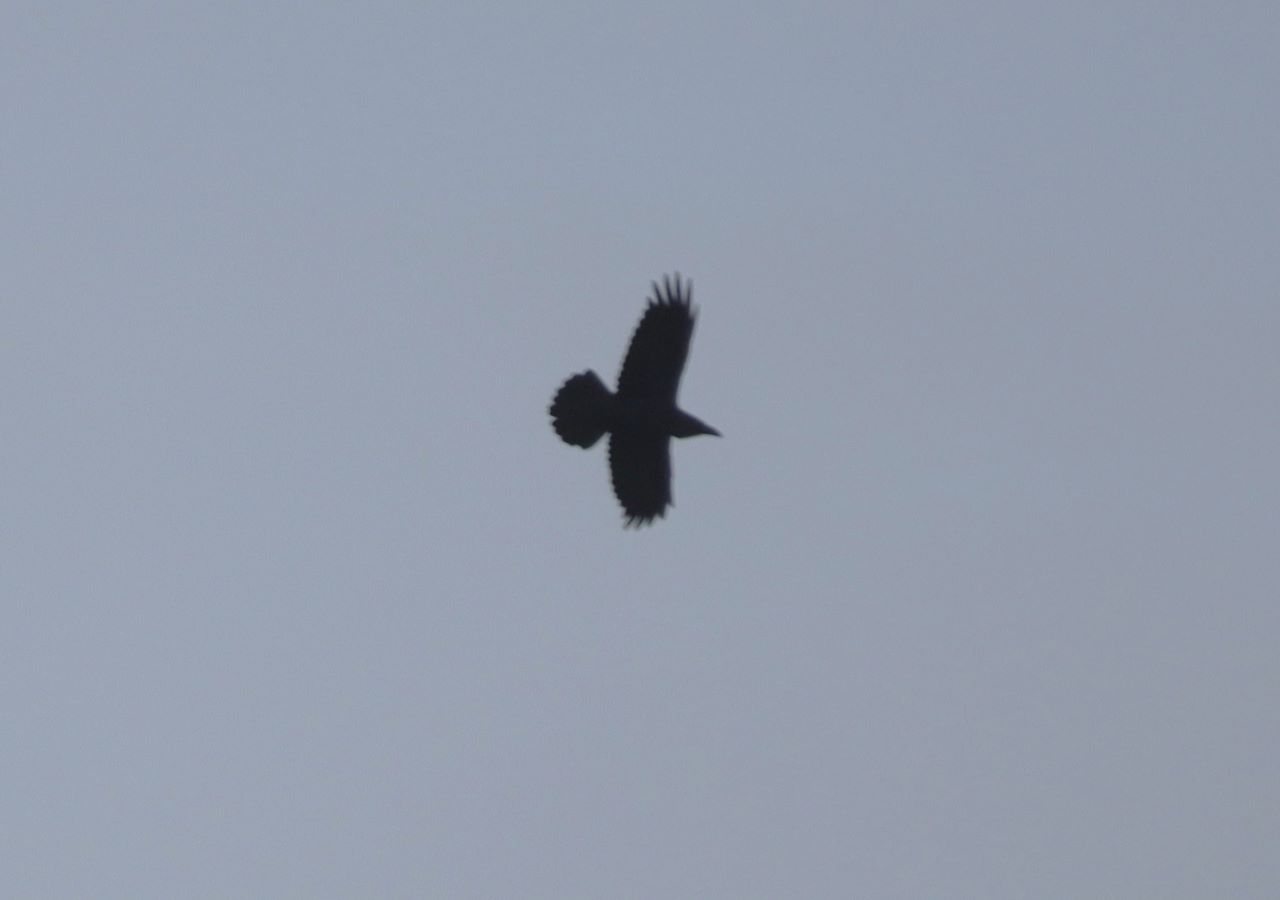

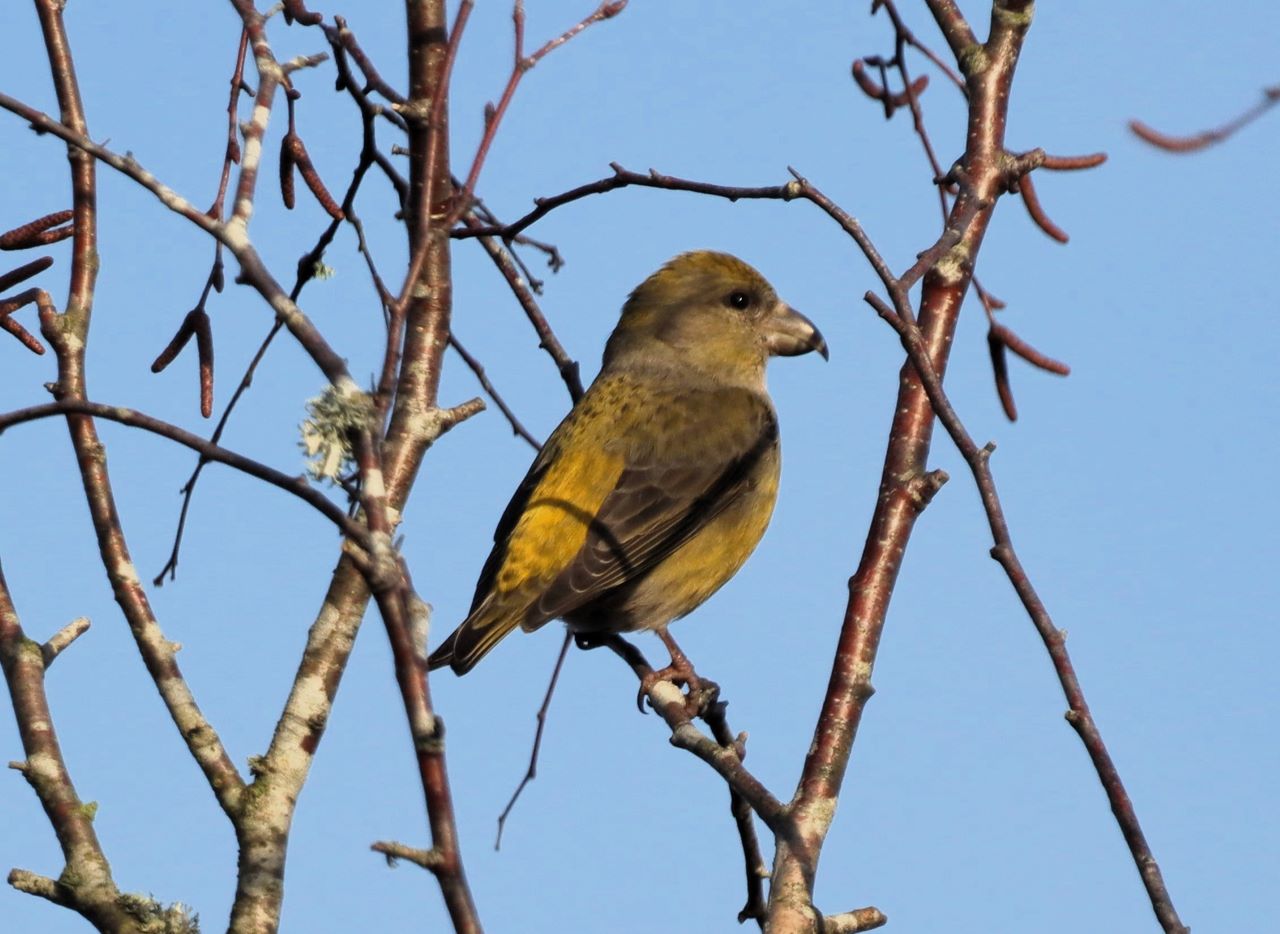
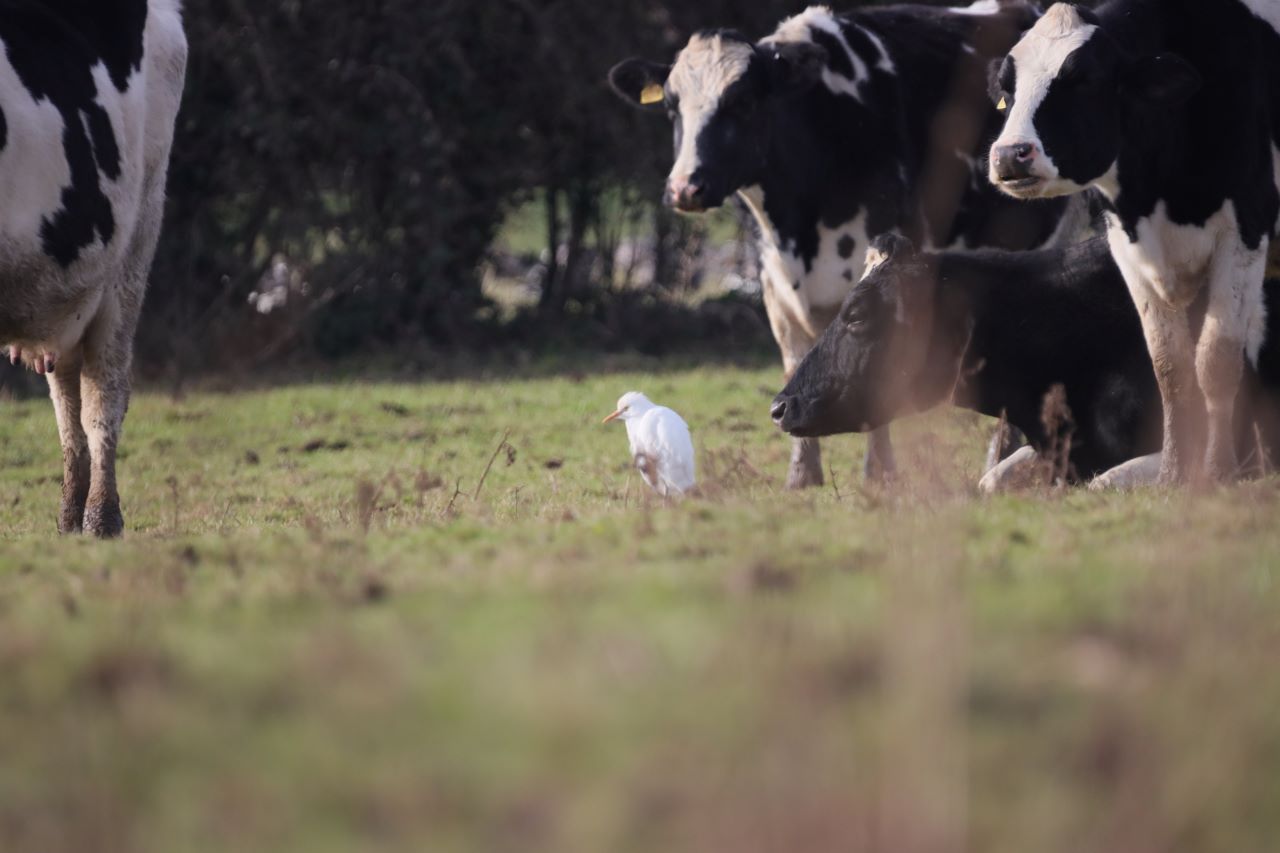
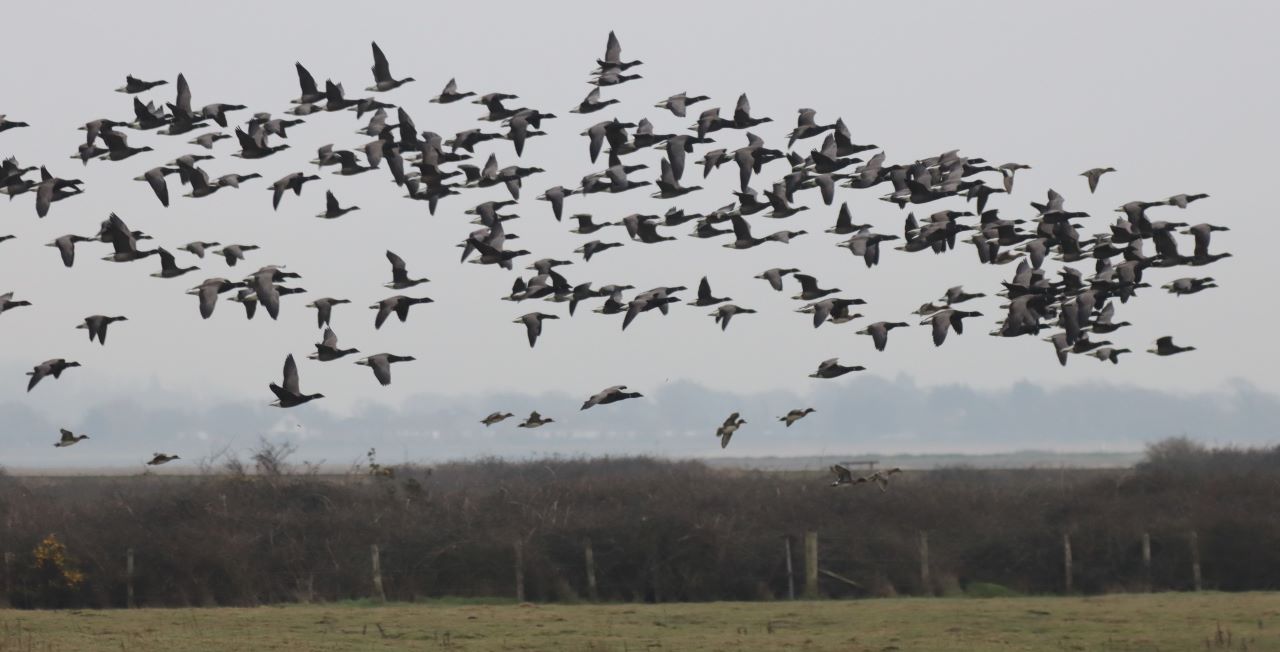
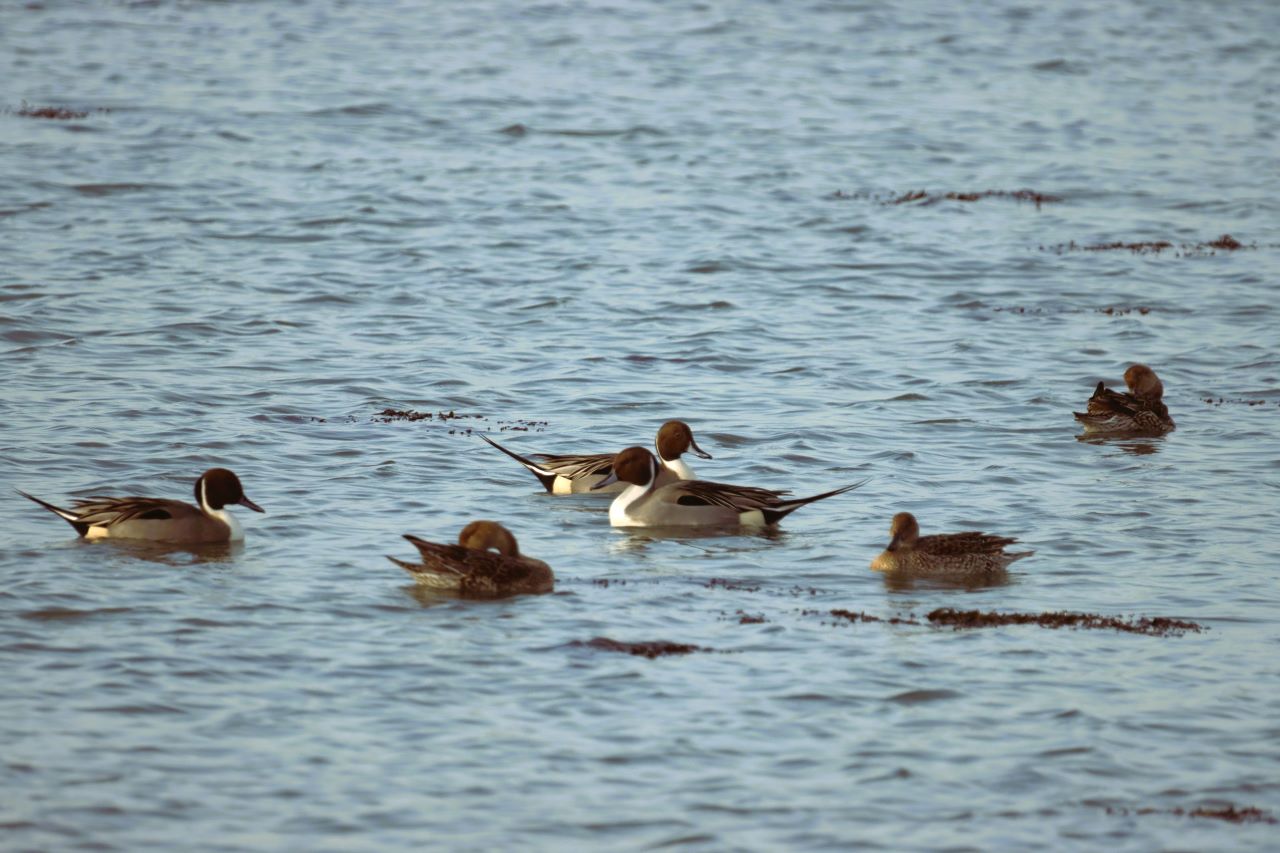
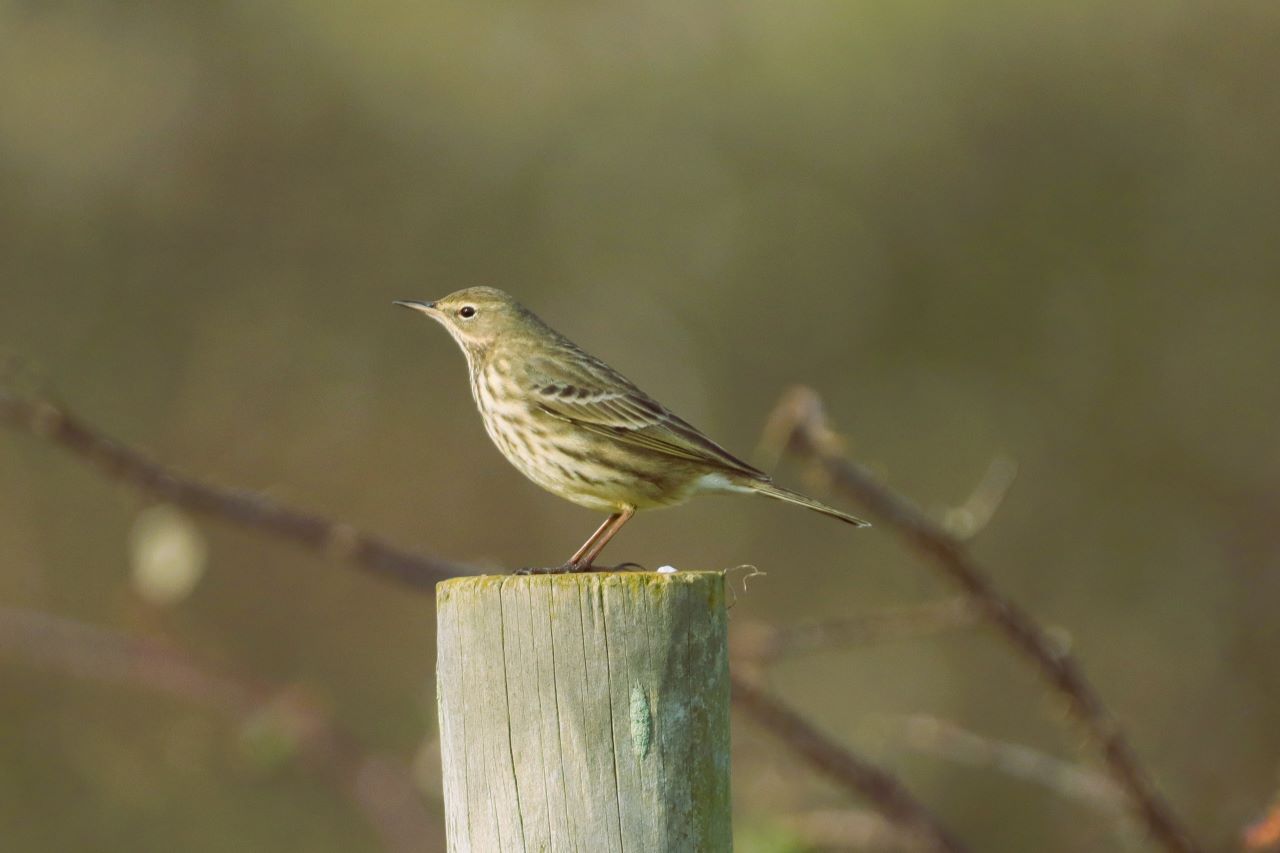
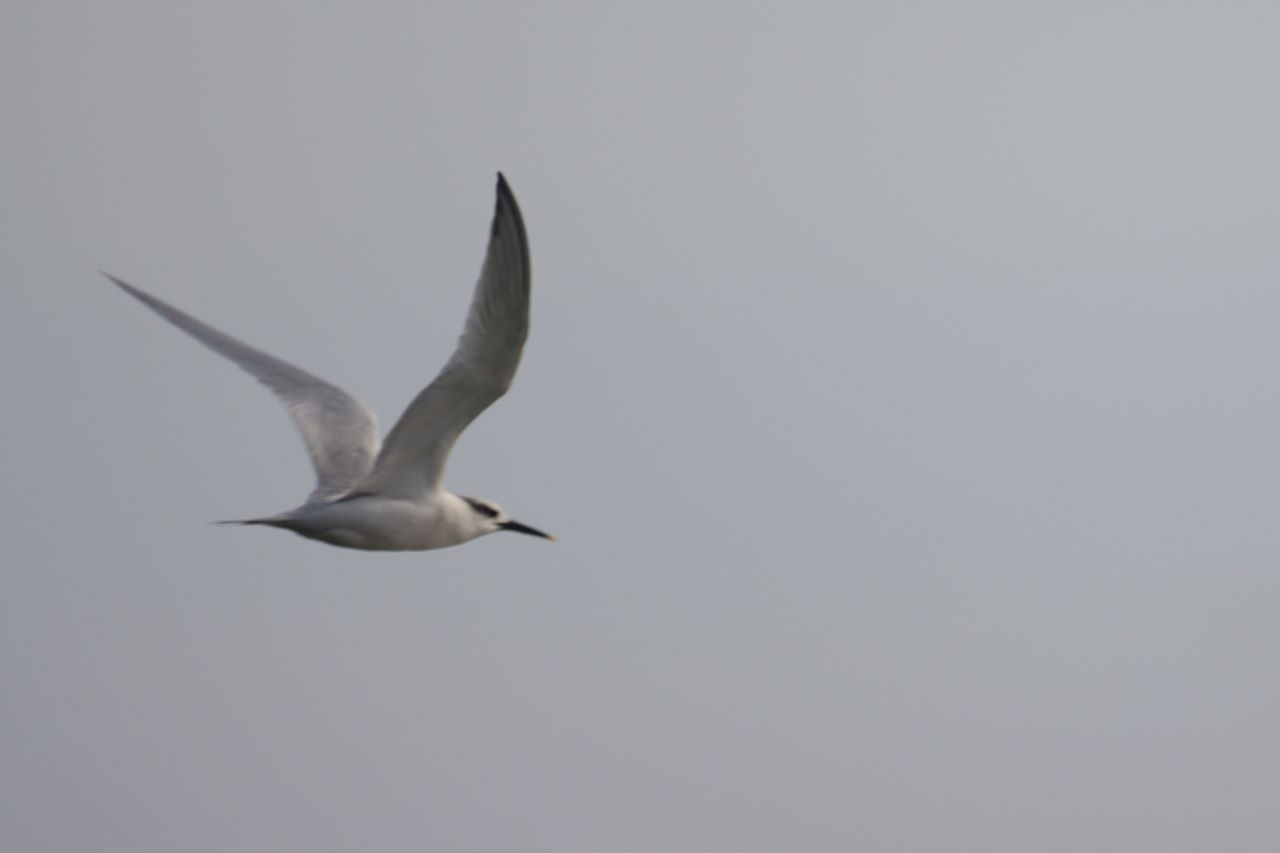

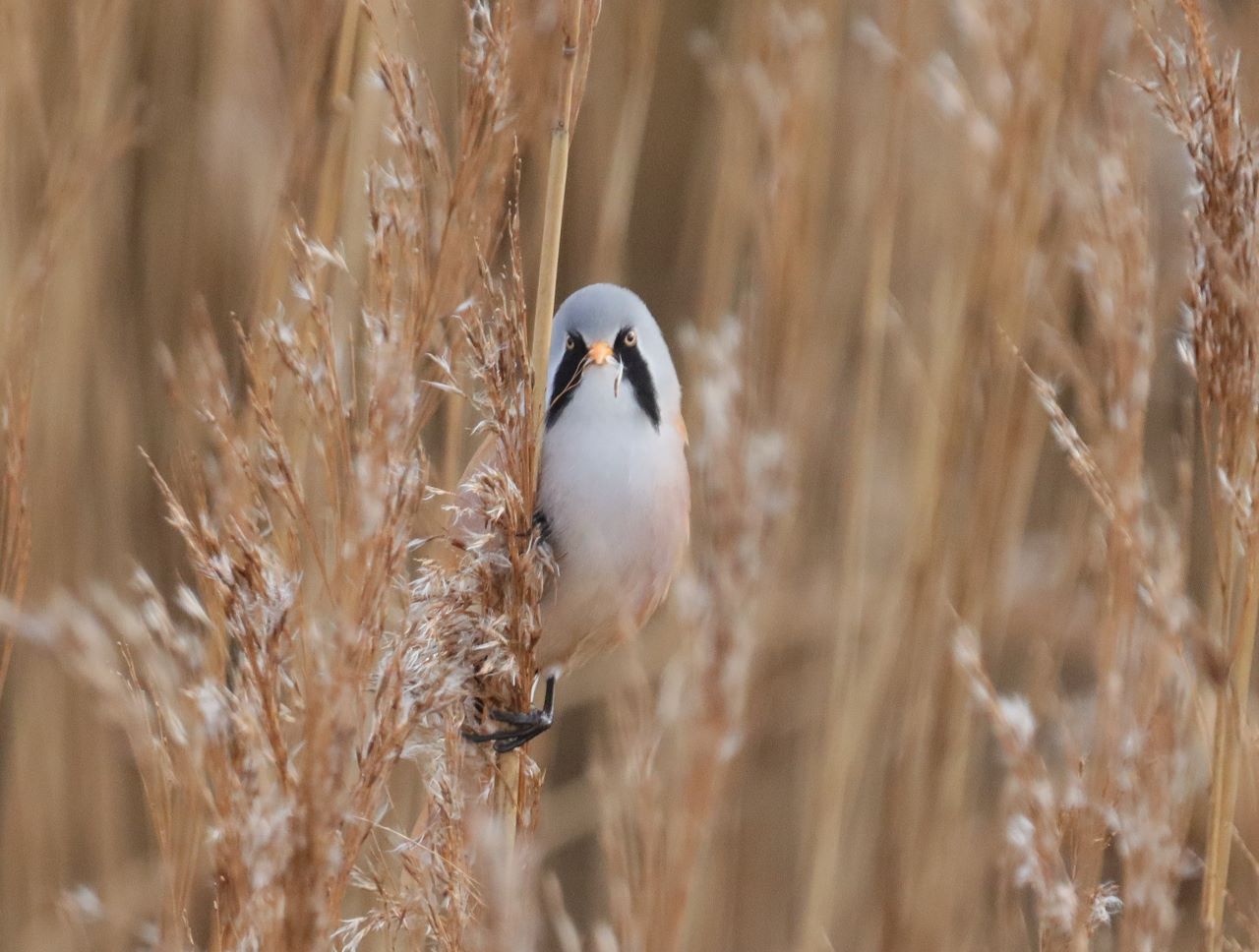
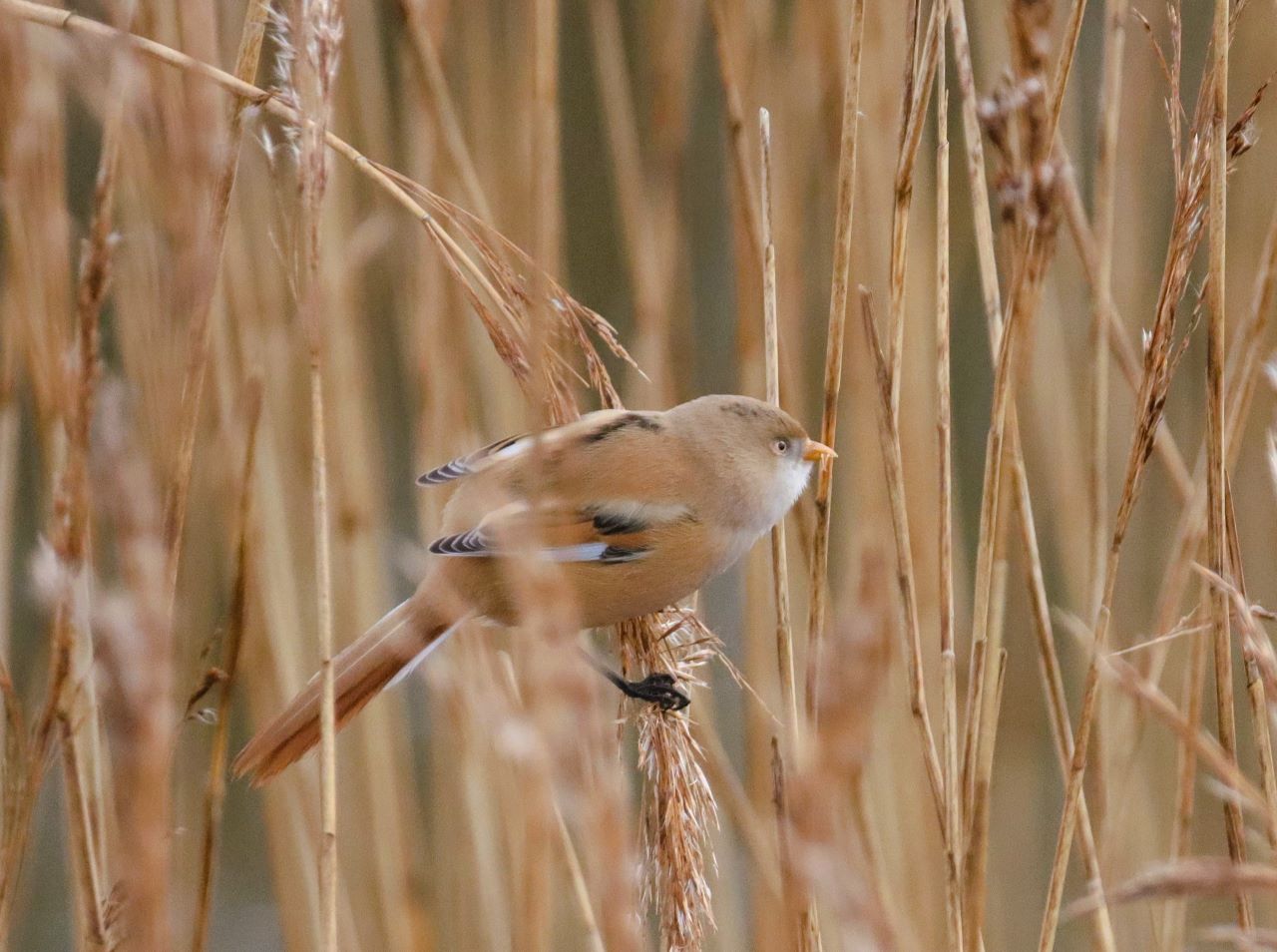




Irene Strange
February 4, 2024 at 11:27 am
I thoroughly enjoyed viewing your Bird photos. Such clever photography,
John Ferns
February 4, 2024 at 2:24 pm
Bird life, beautiful compendium divine,
A symphony of colors, grace, and song,
Thank you, Malcolm Fincham, for this design,
A gentle, sensitive text, we belong.
With each verse, you paint feathers on the breeze,
Capturing the spirit of flight and flight,
From soaring eagles to the smallest bees,
Your words bring nature’s wonders to our sight.
The robin’s melodic morning refrain,
The hummingbird’s delicate dance in flight,
Through your pen, their essence we can attain,
Their joy and freedom shining ever bright.
Oh, Malcolm Fincham, your words are a treasure,
A tribute to bird life, our greatest pleasure.